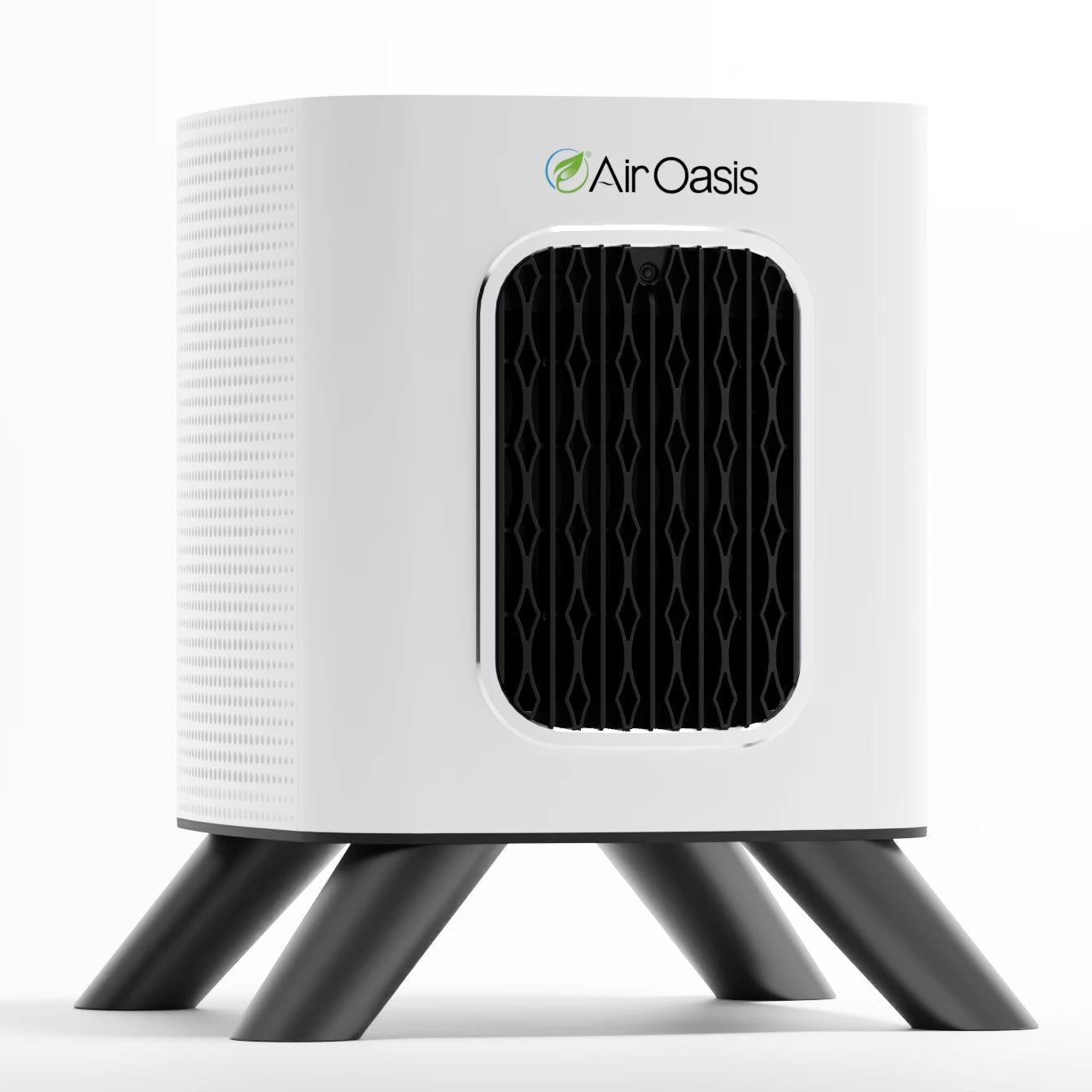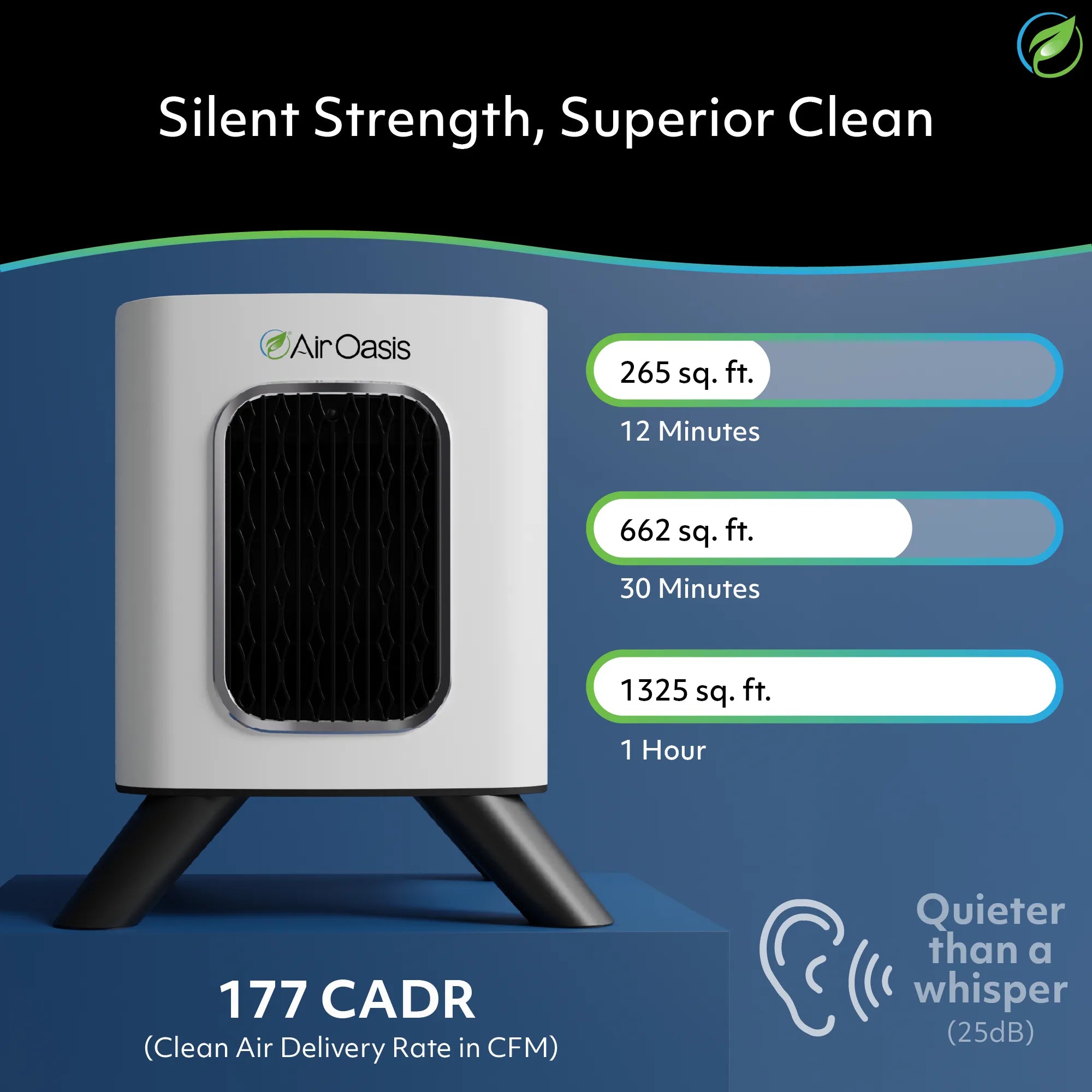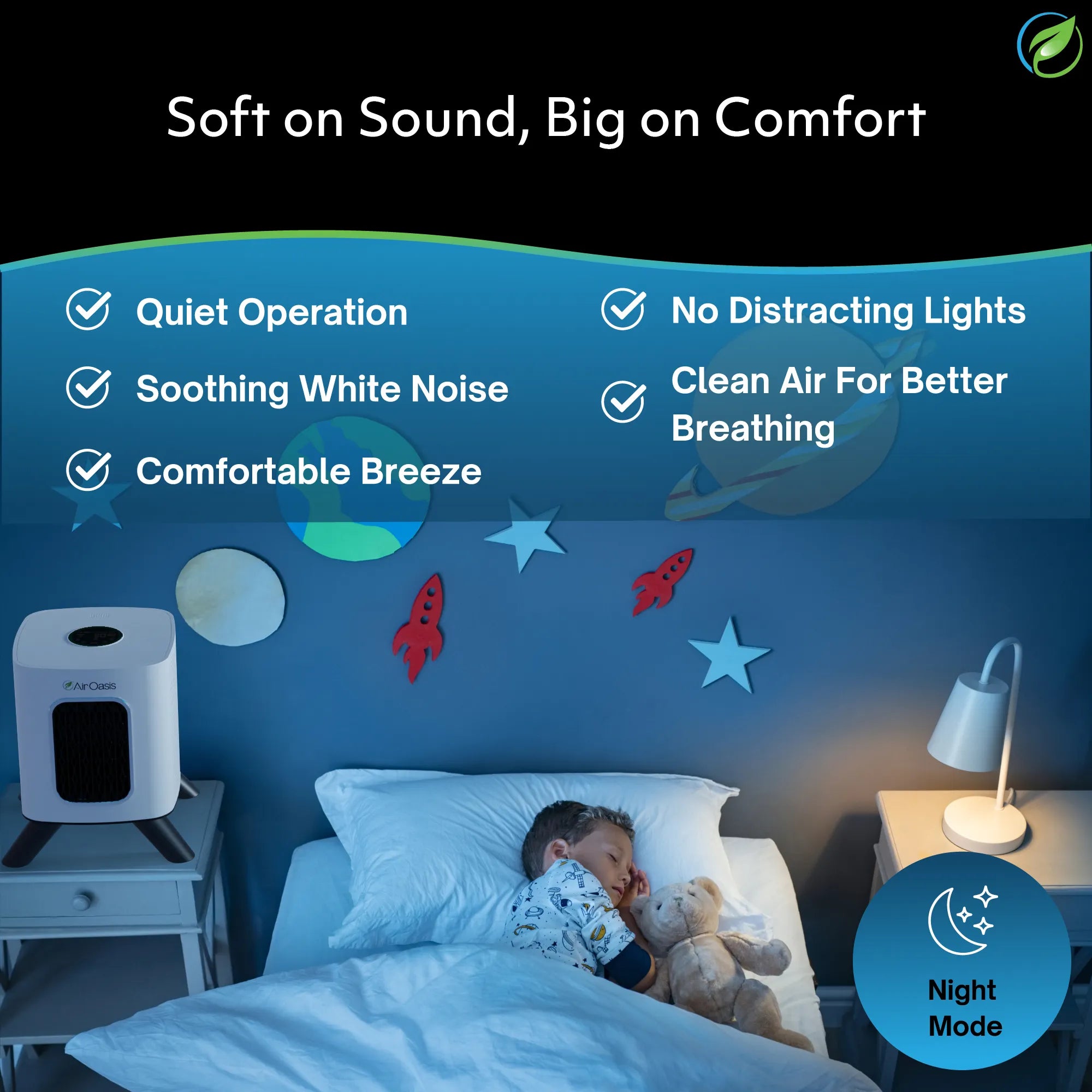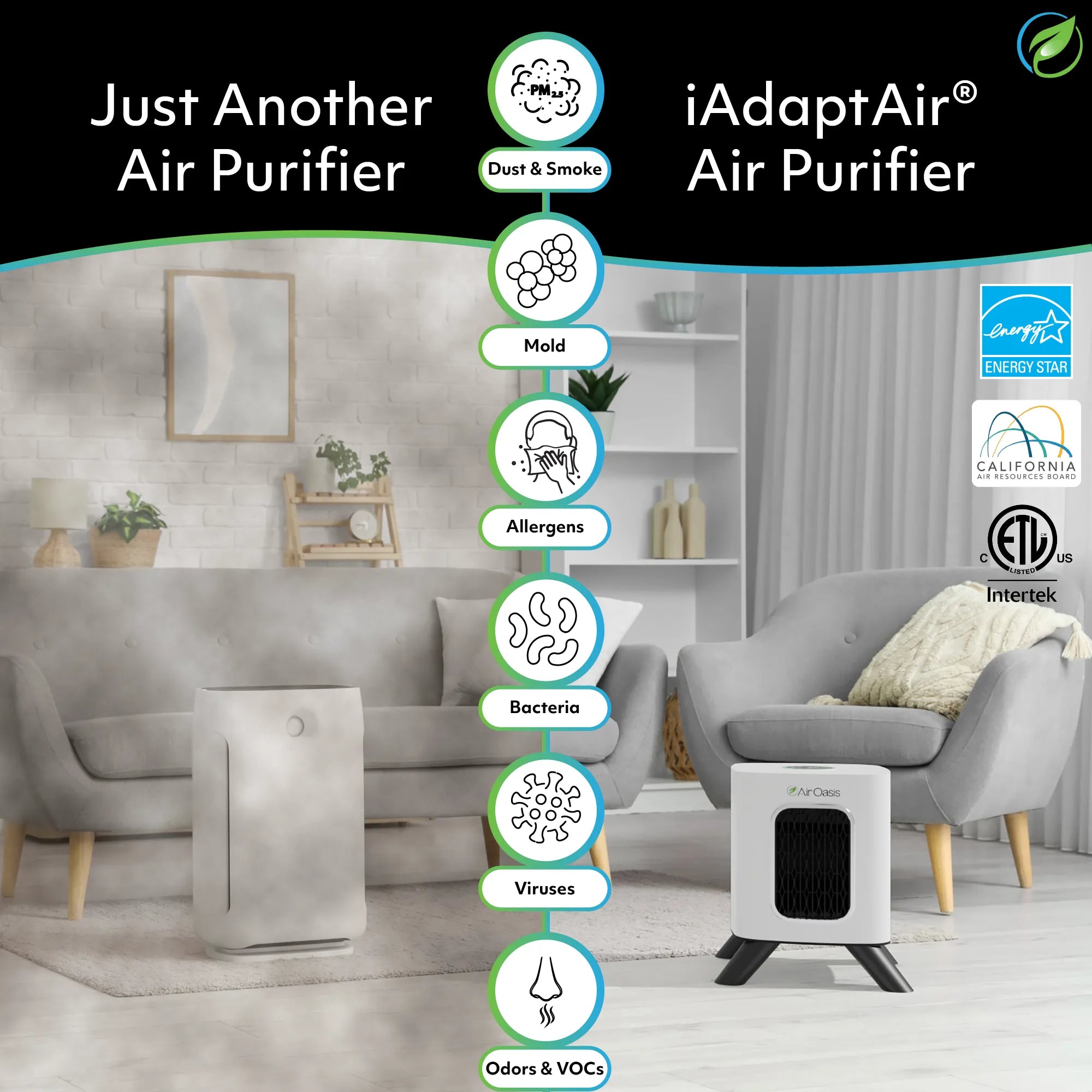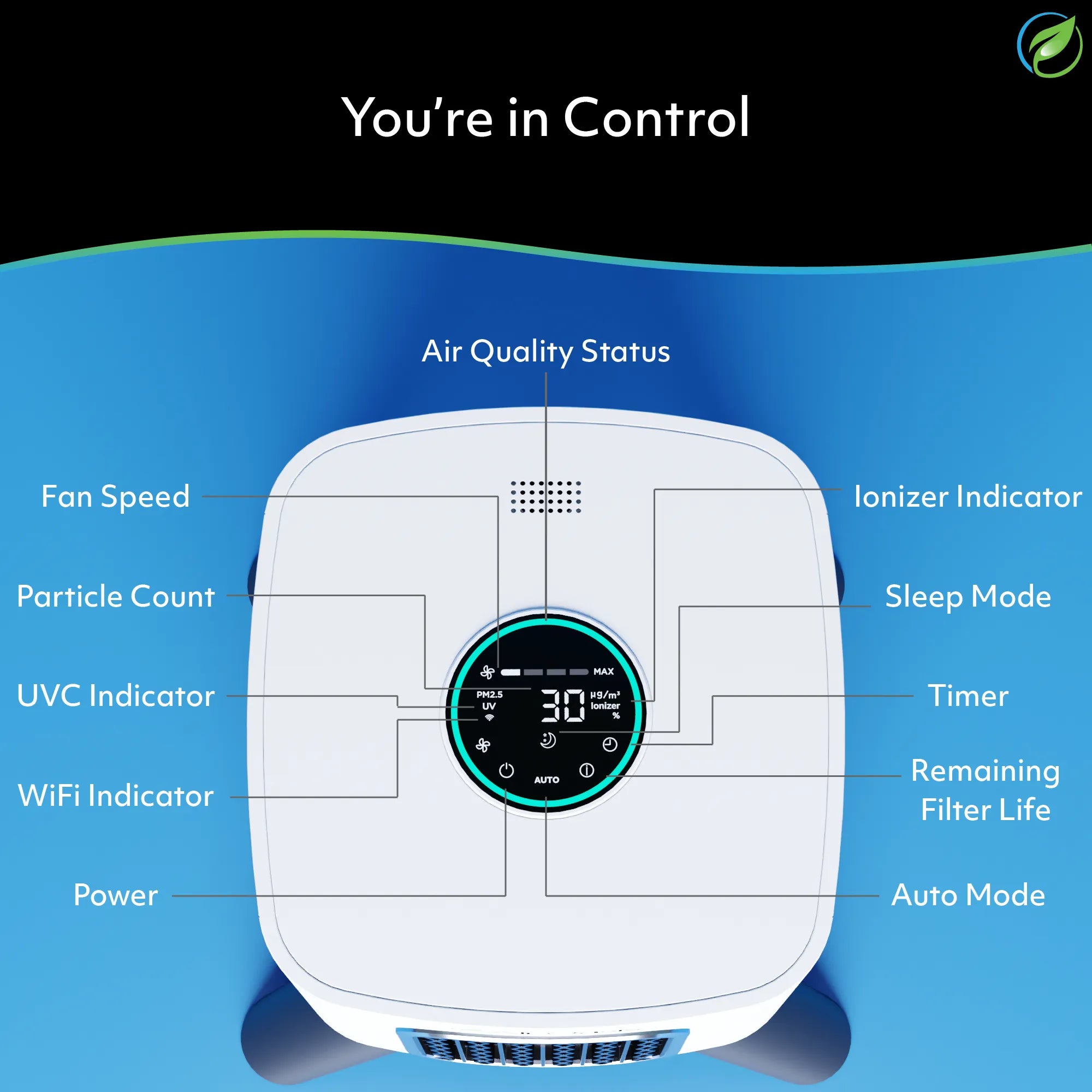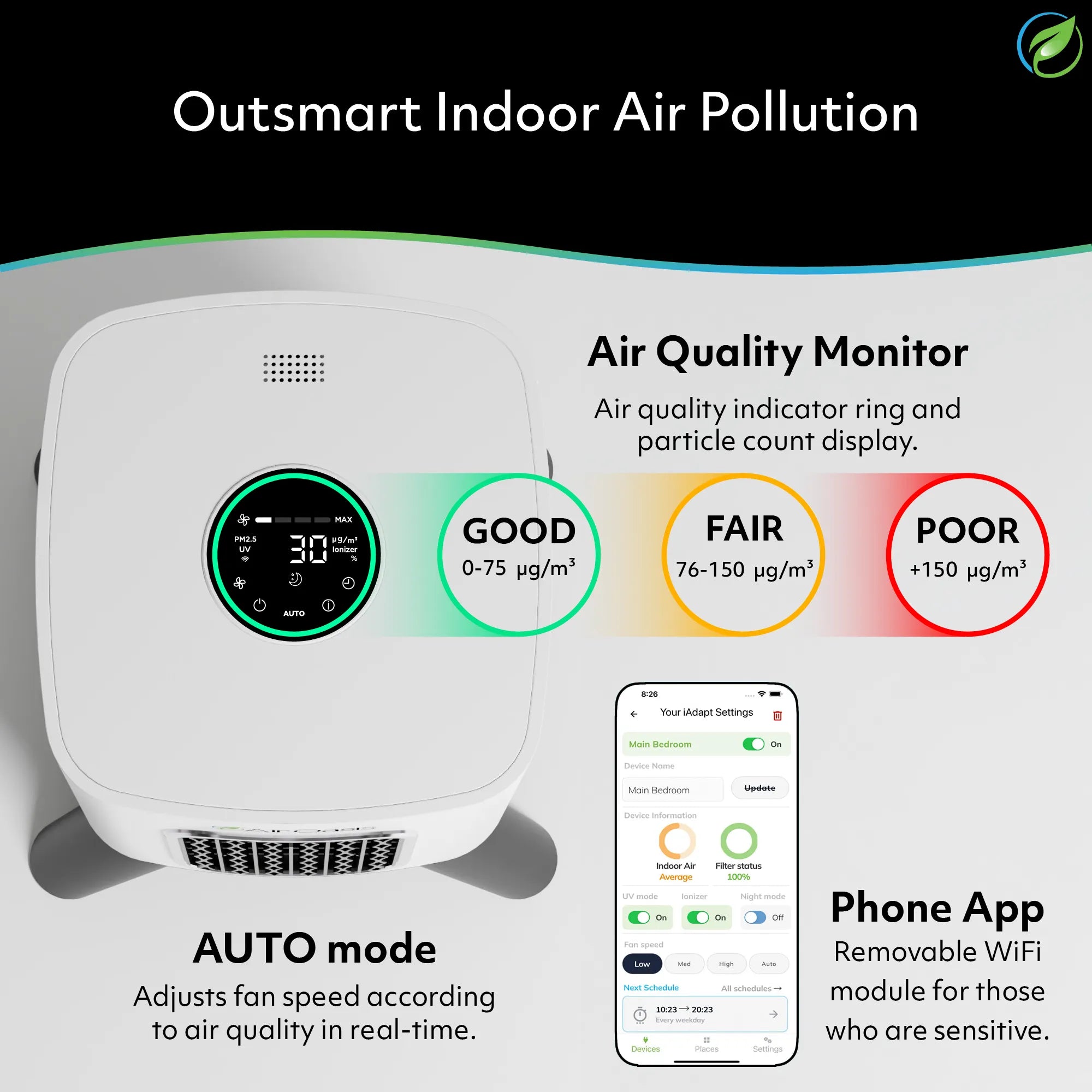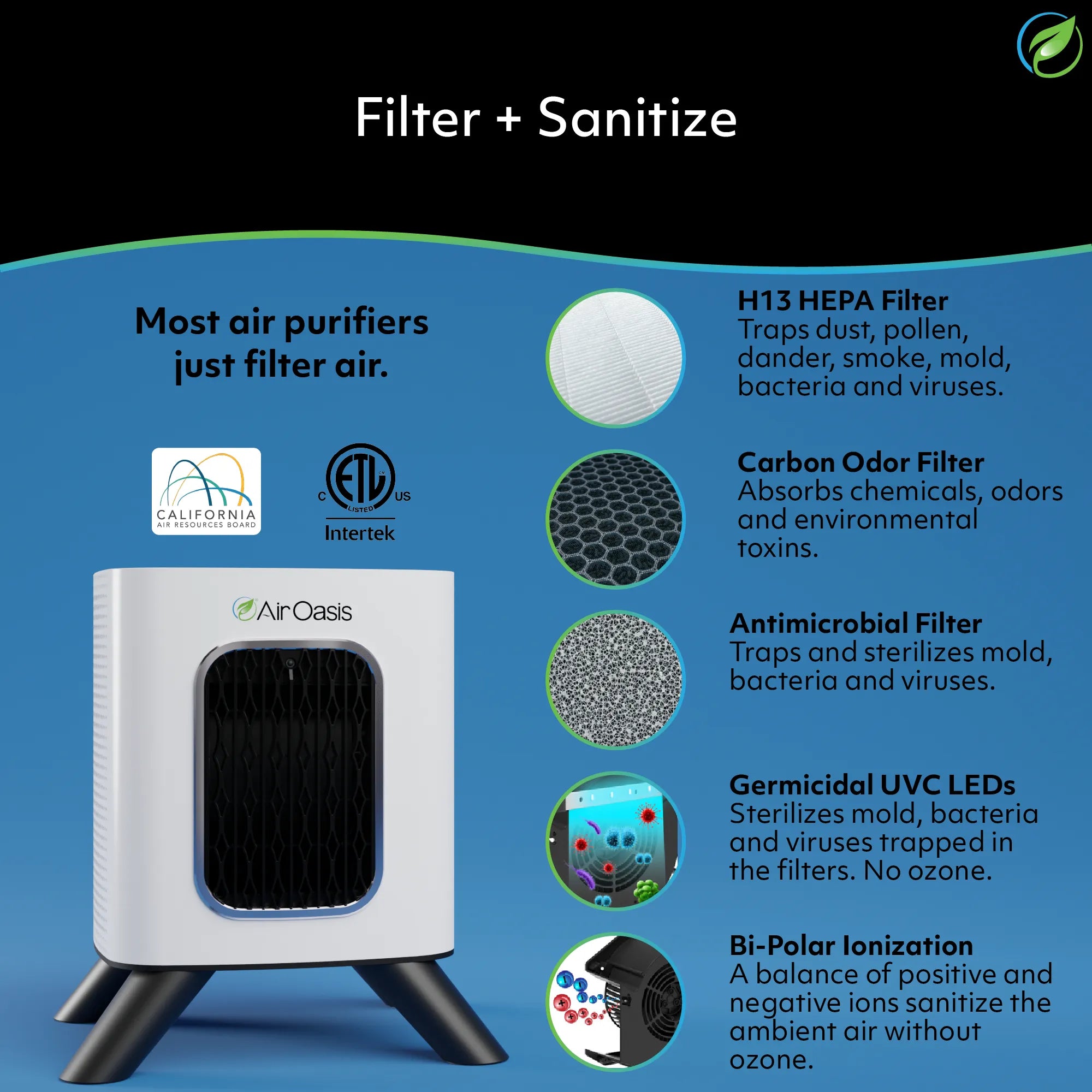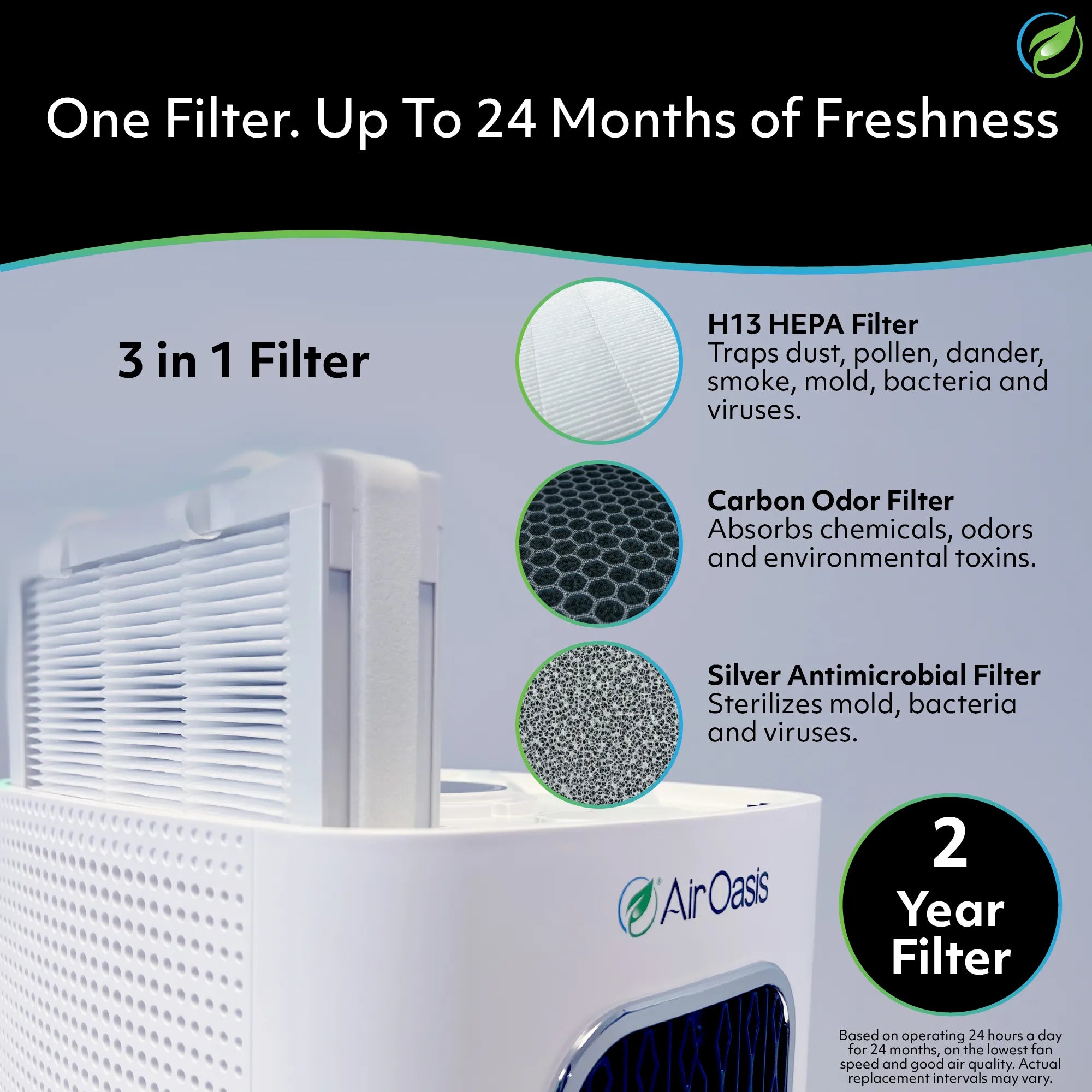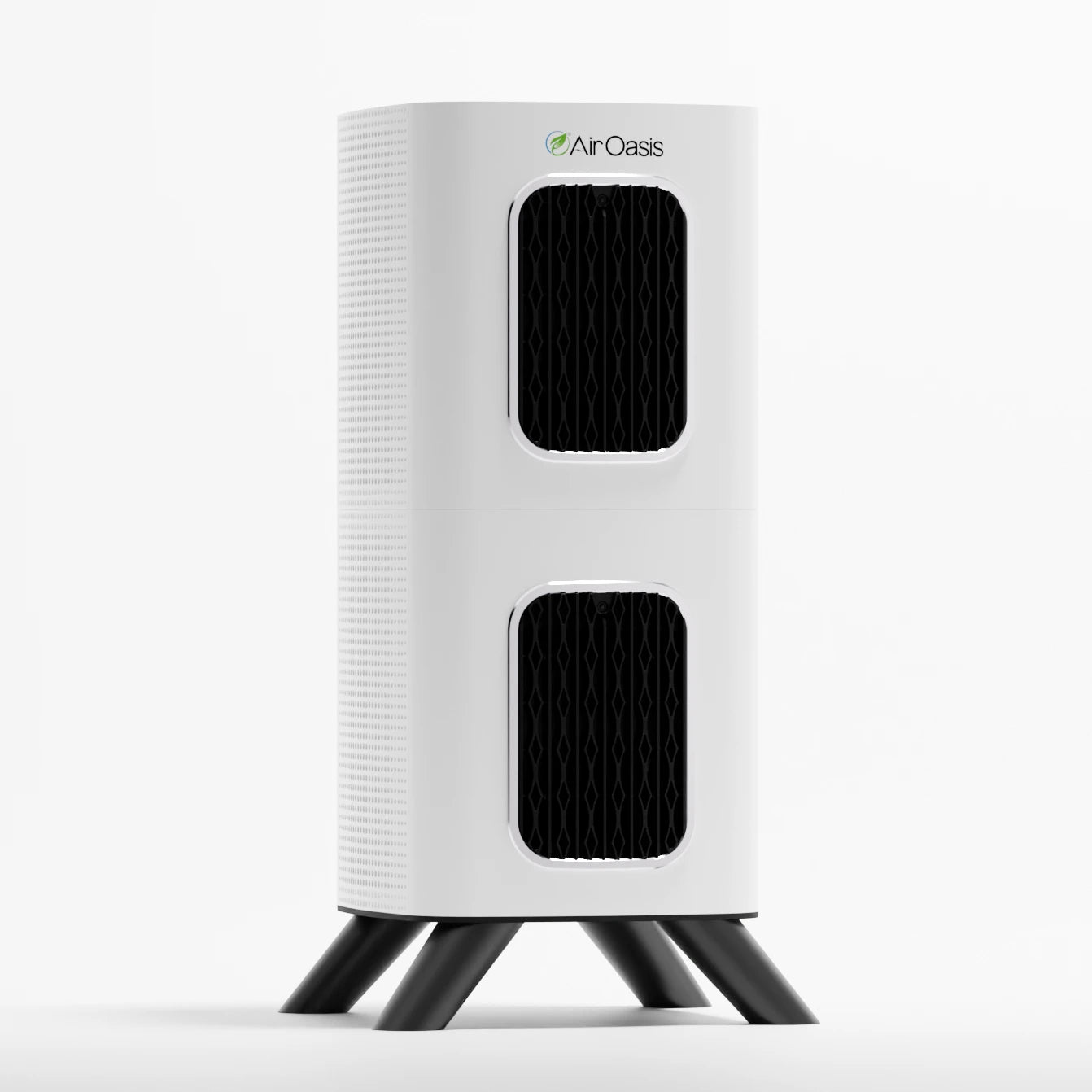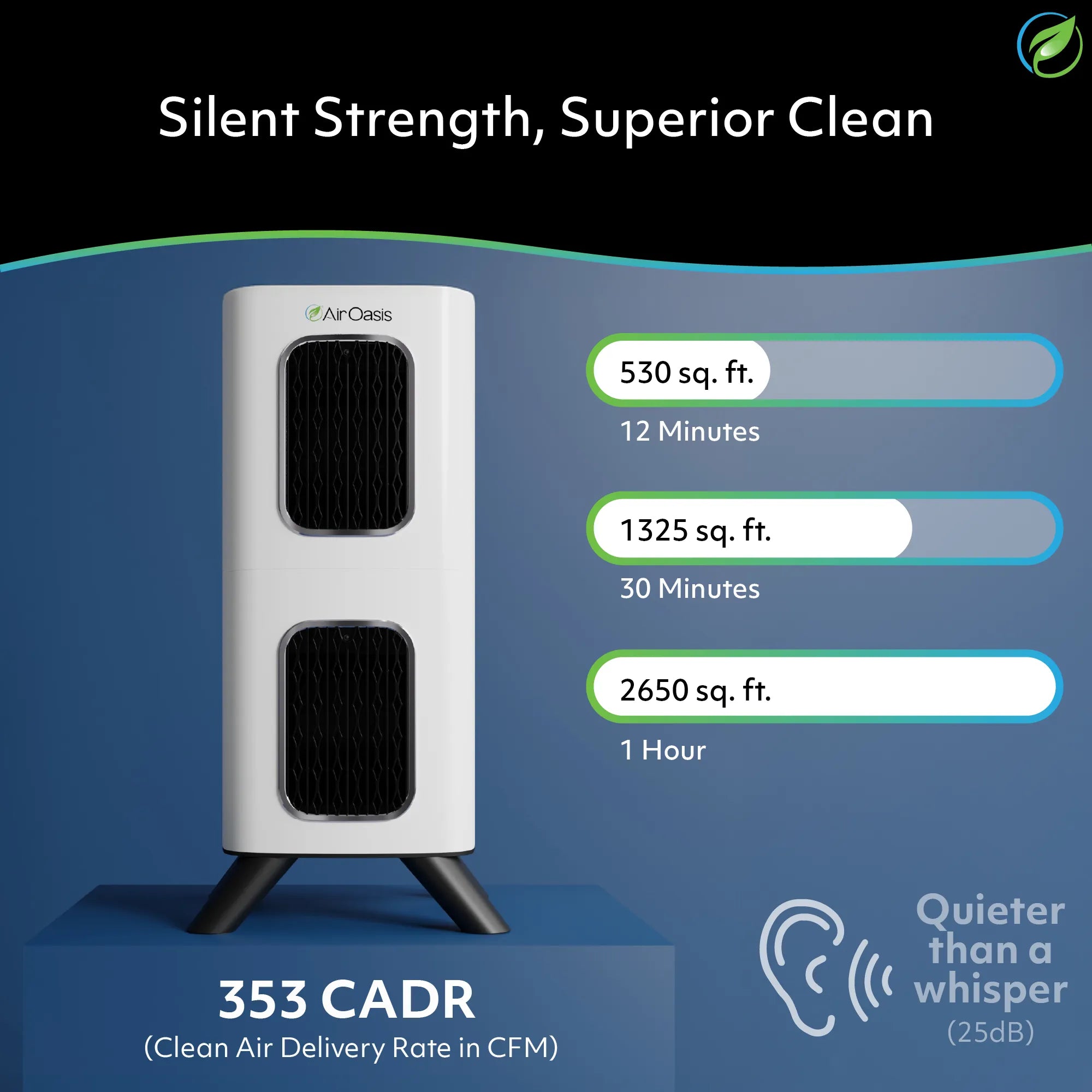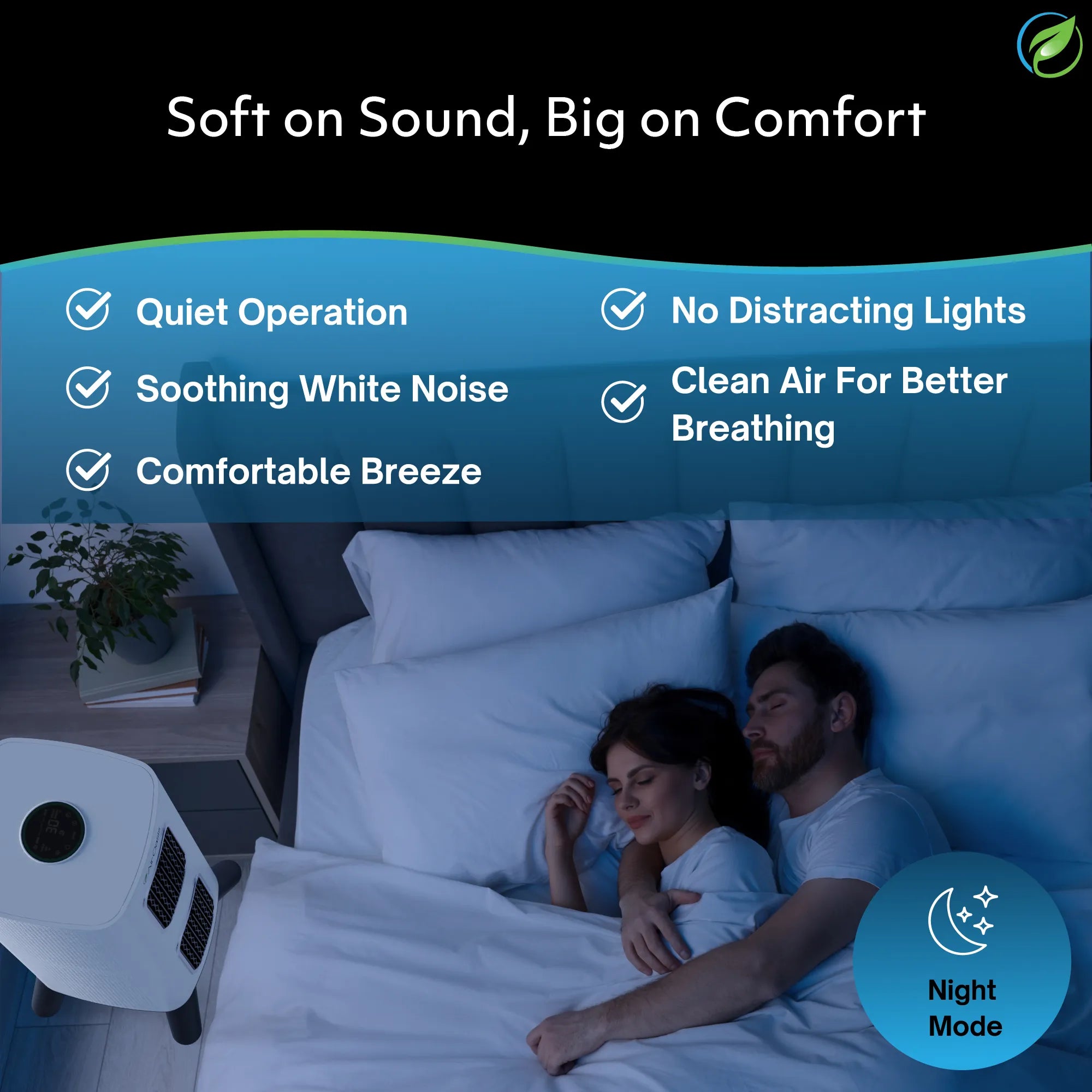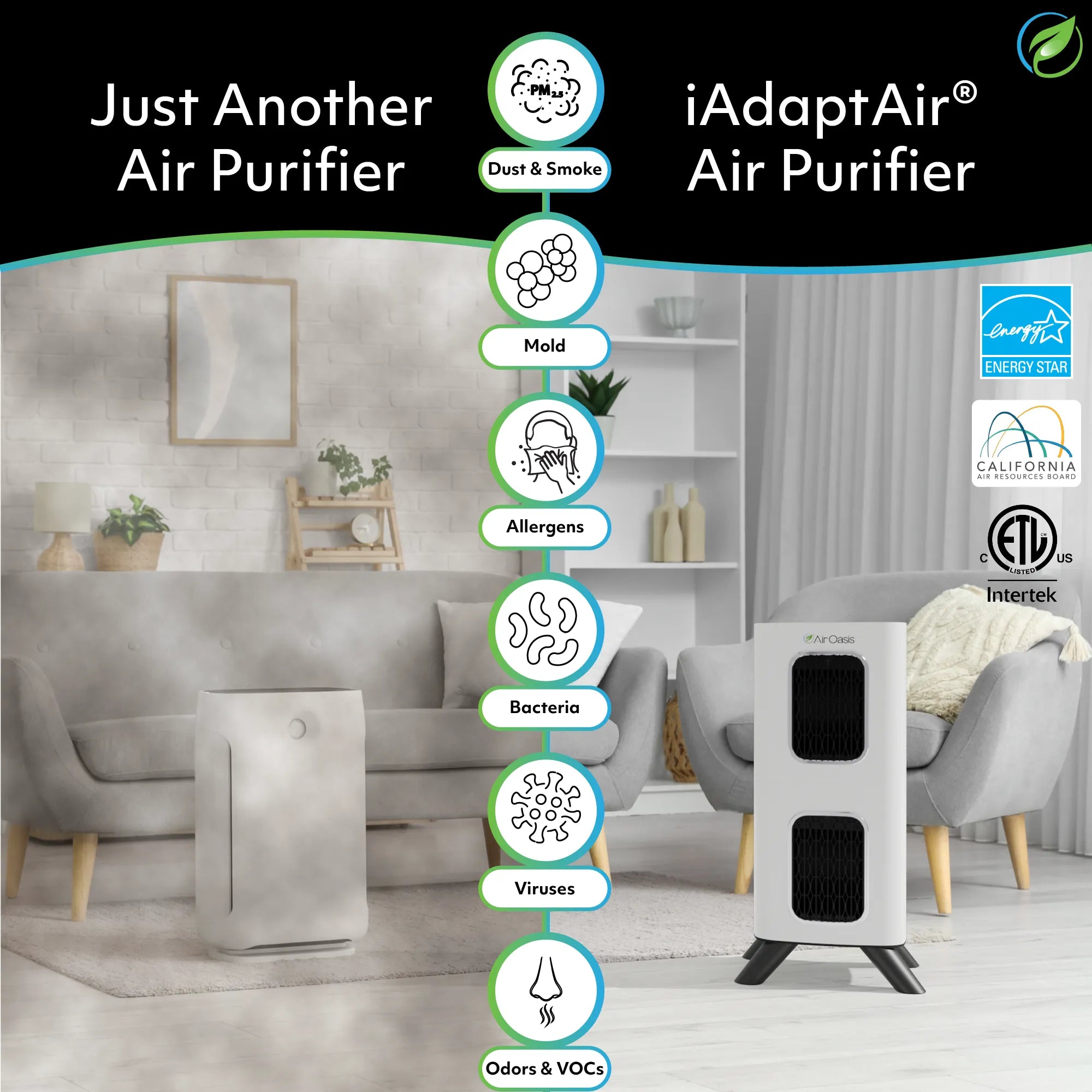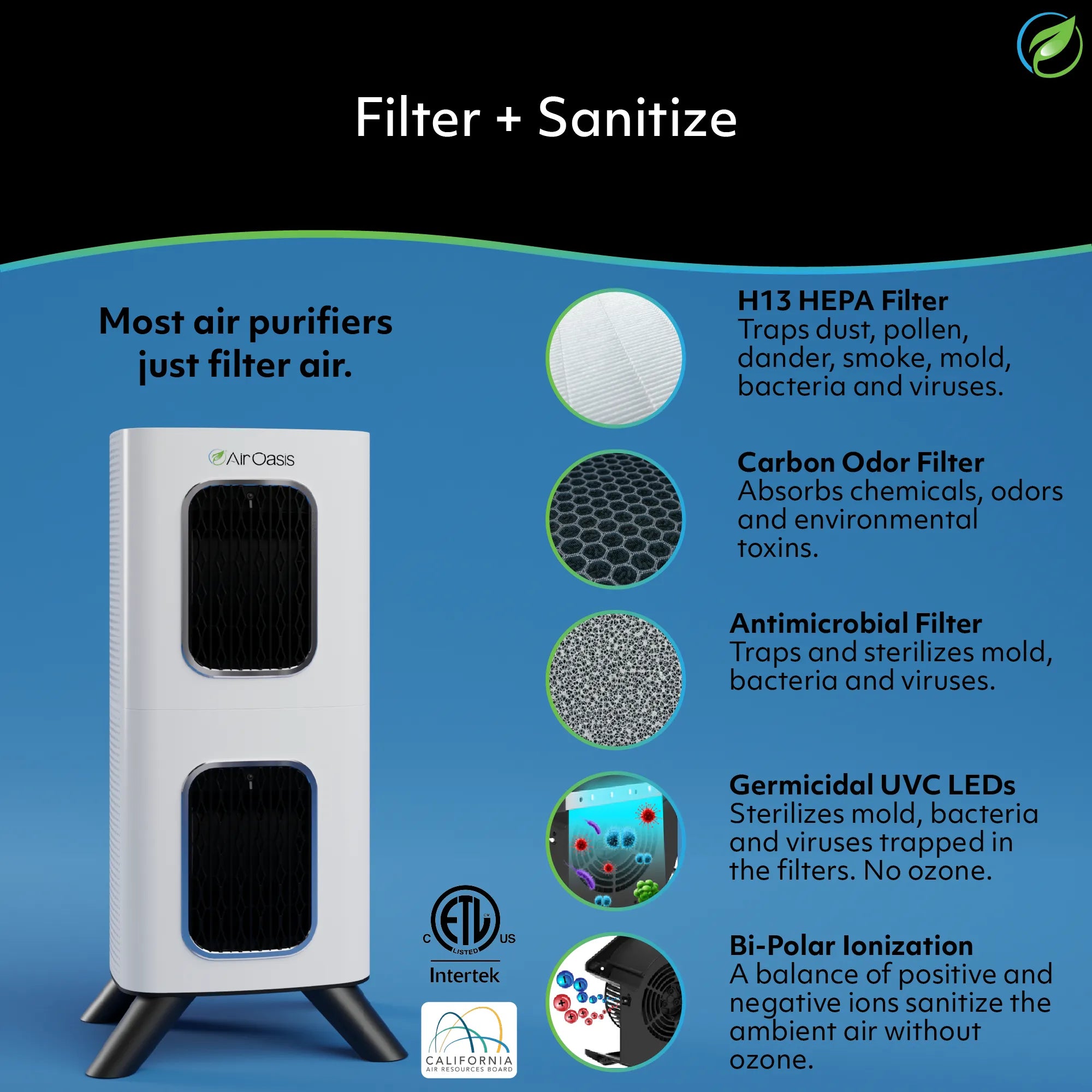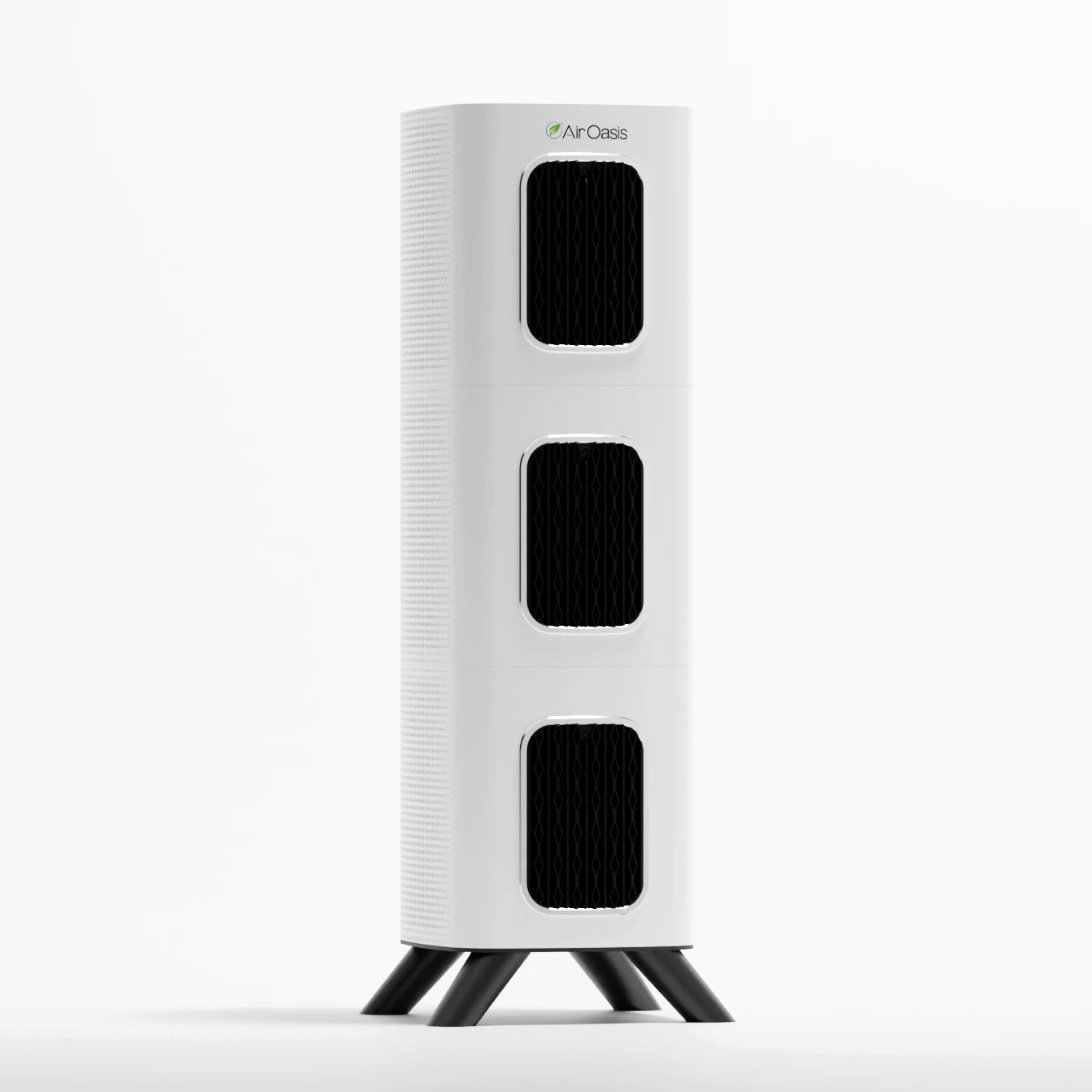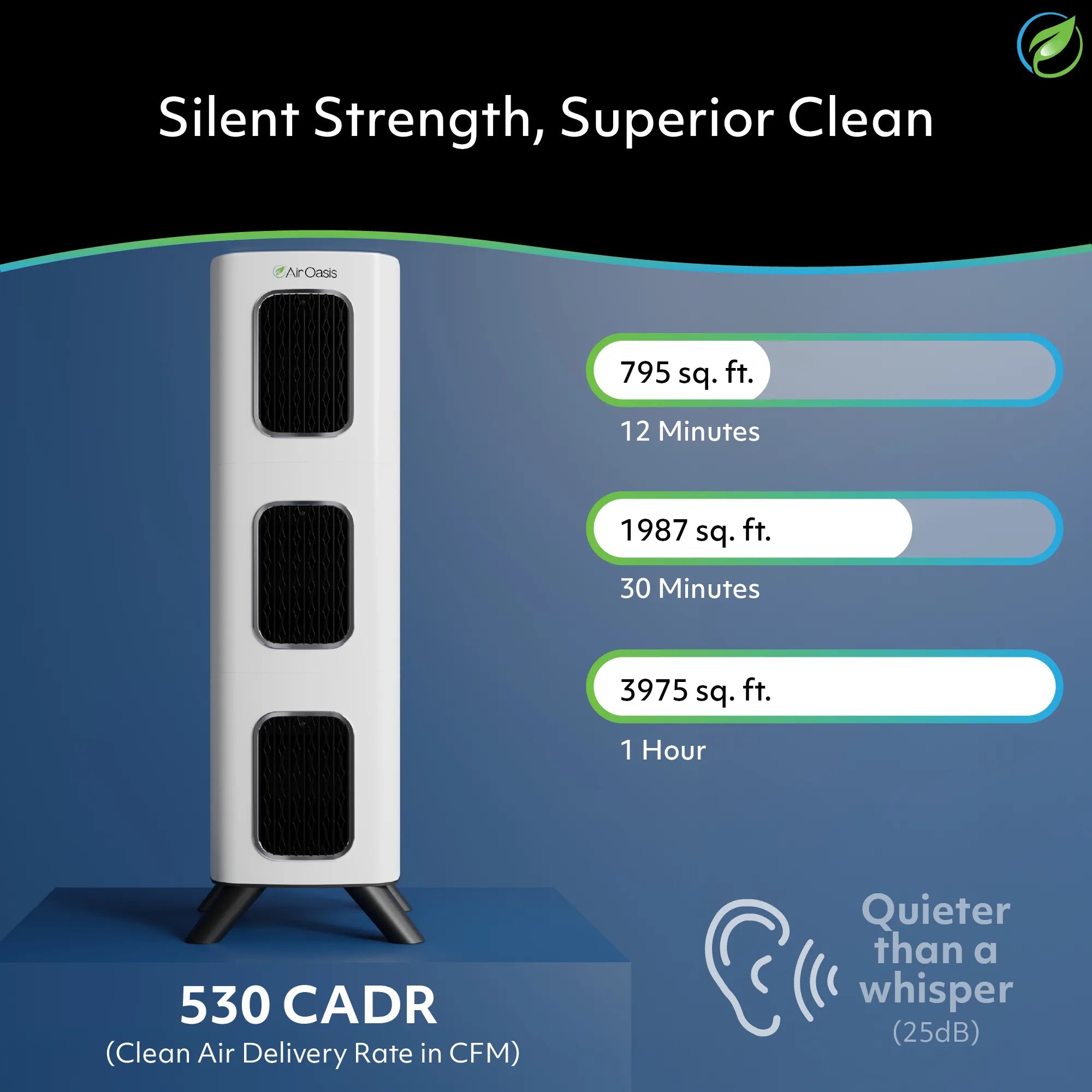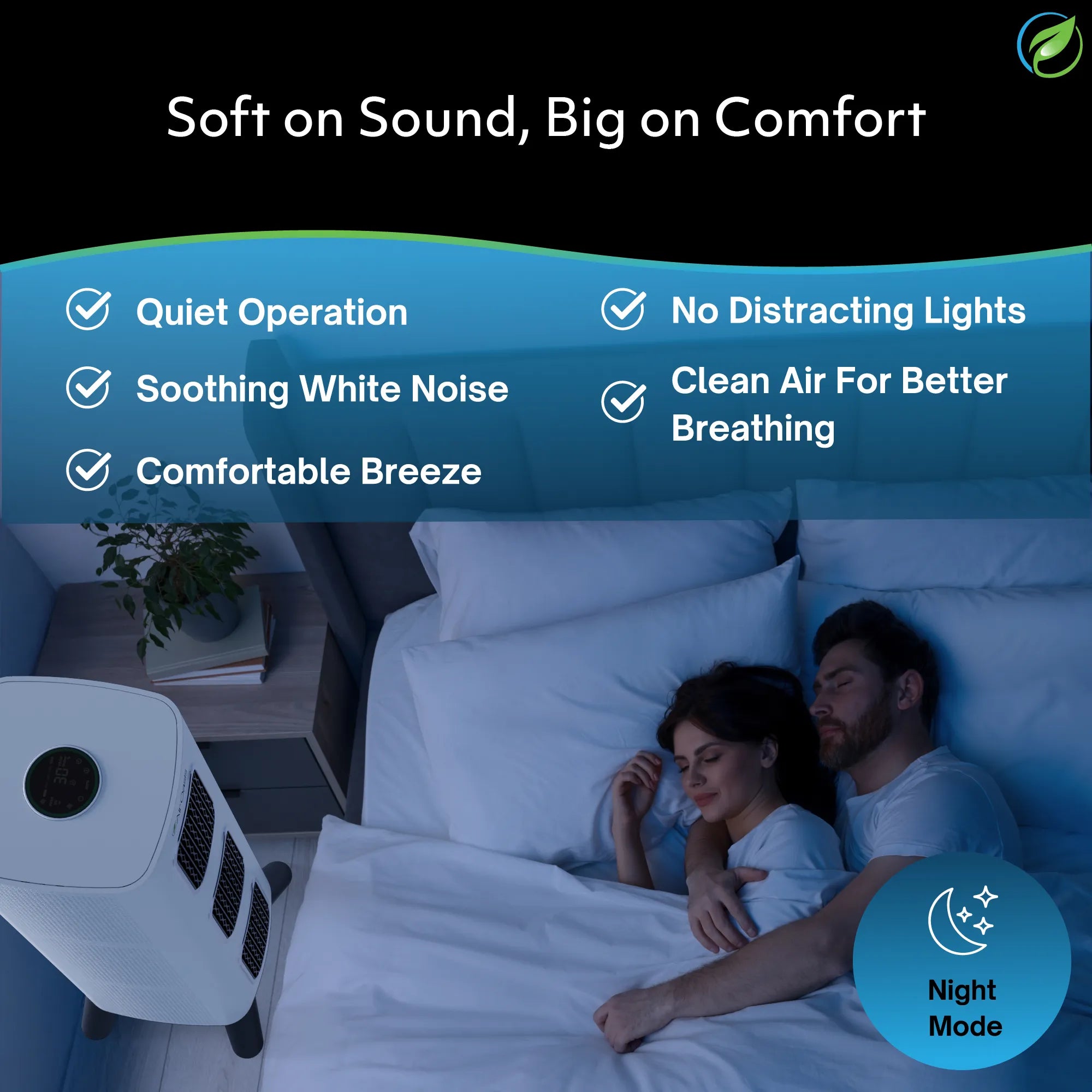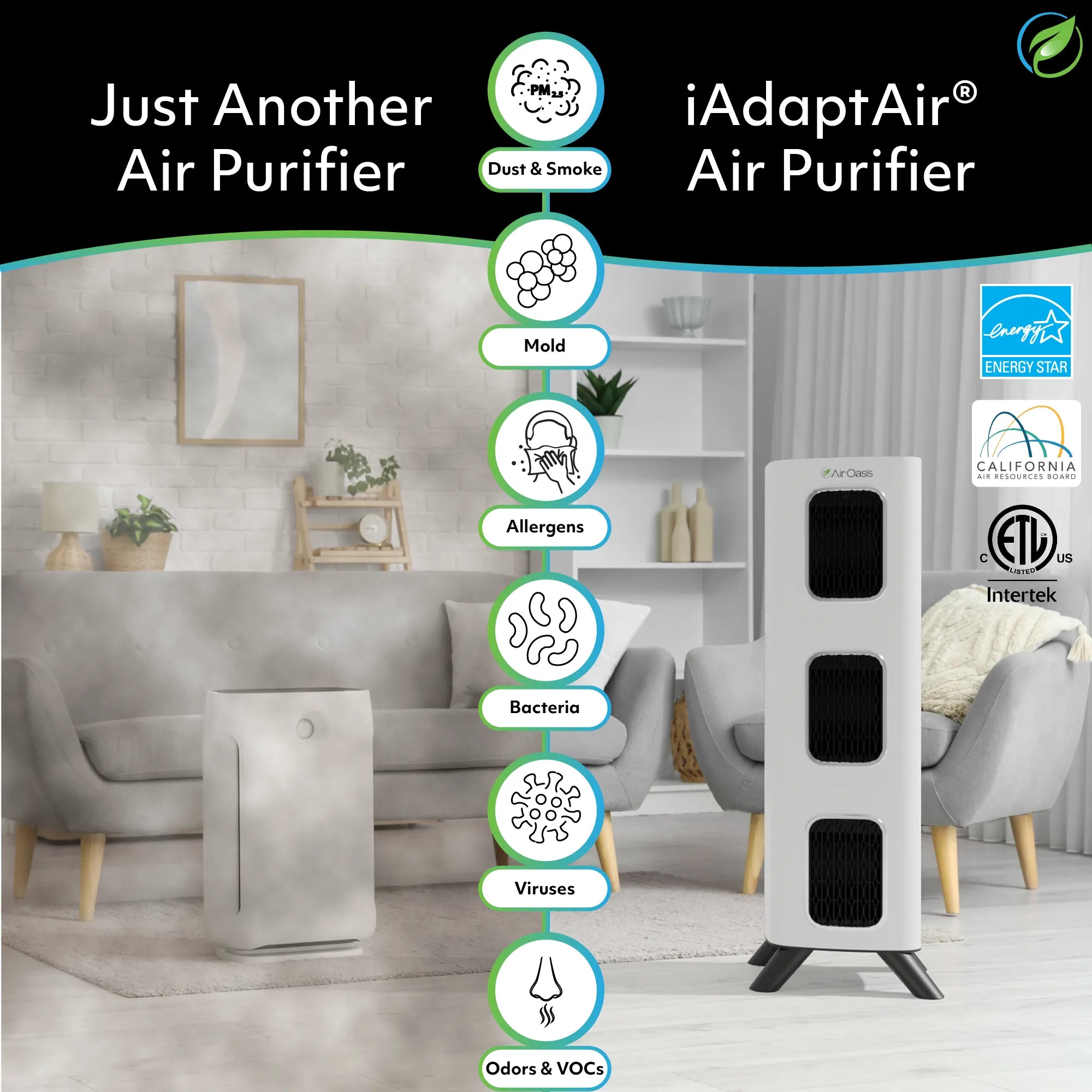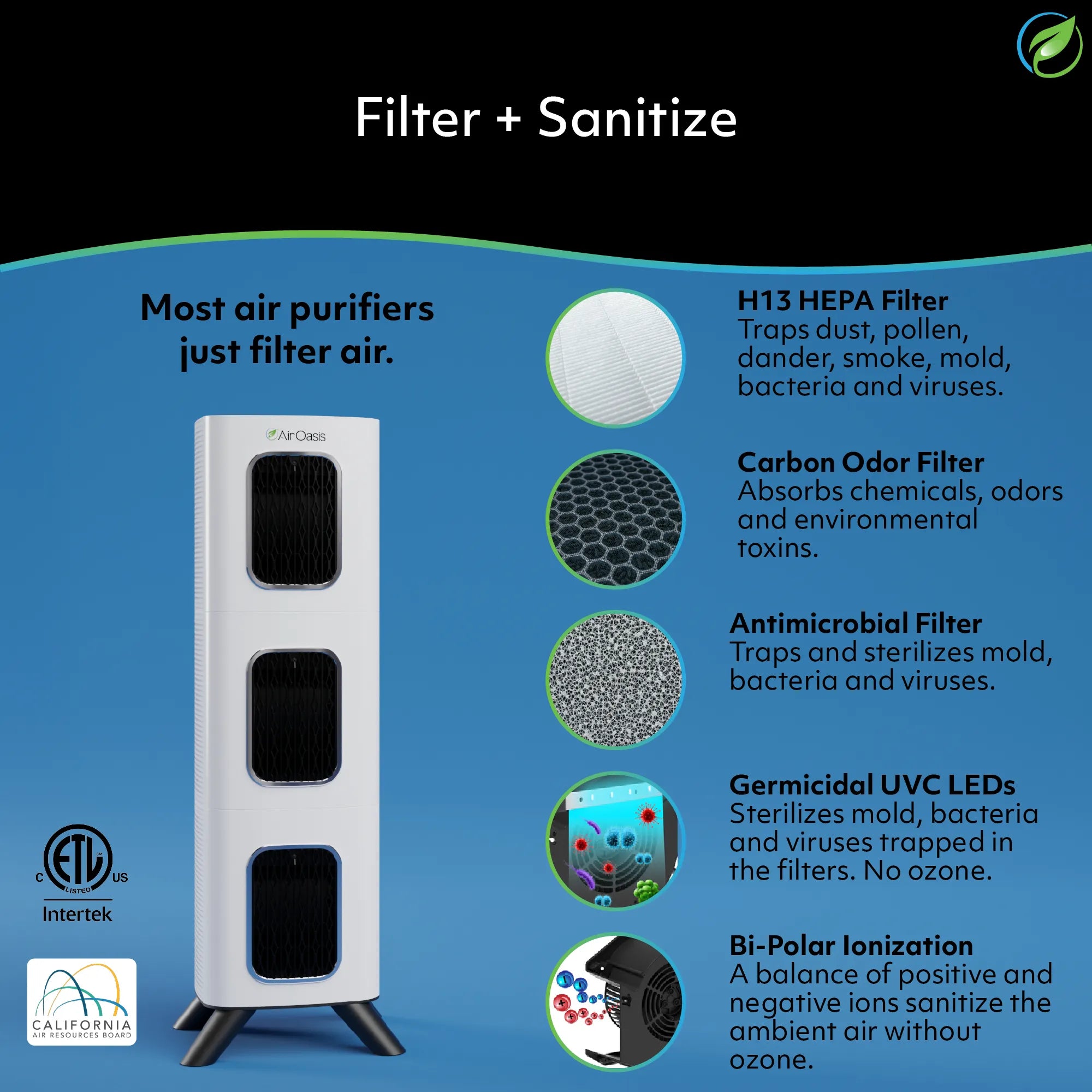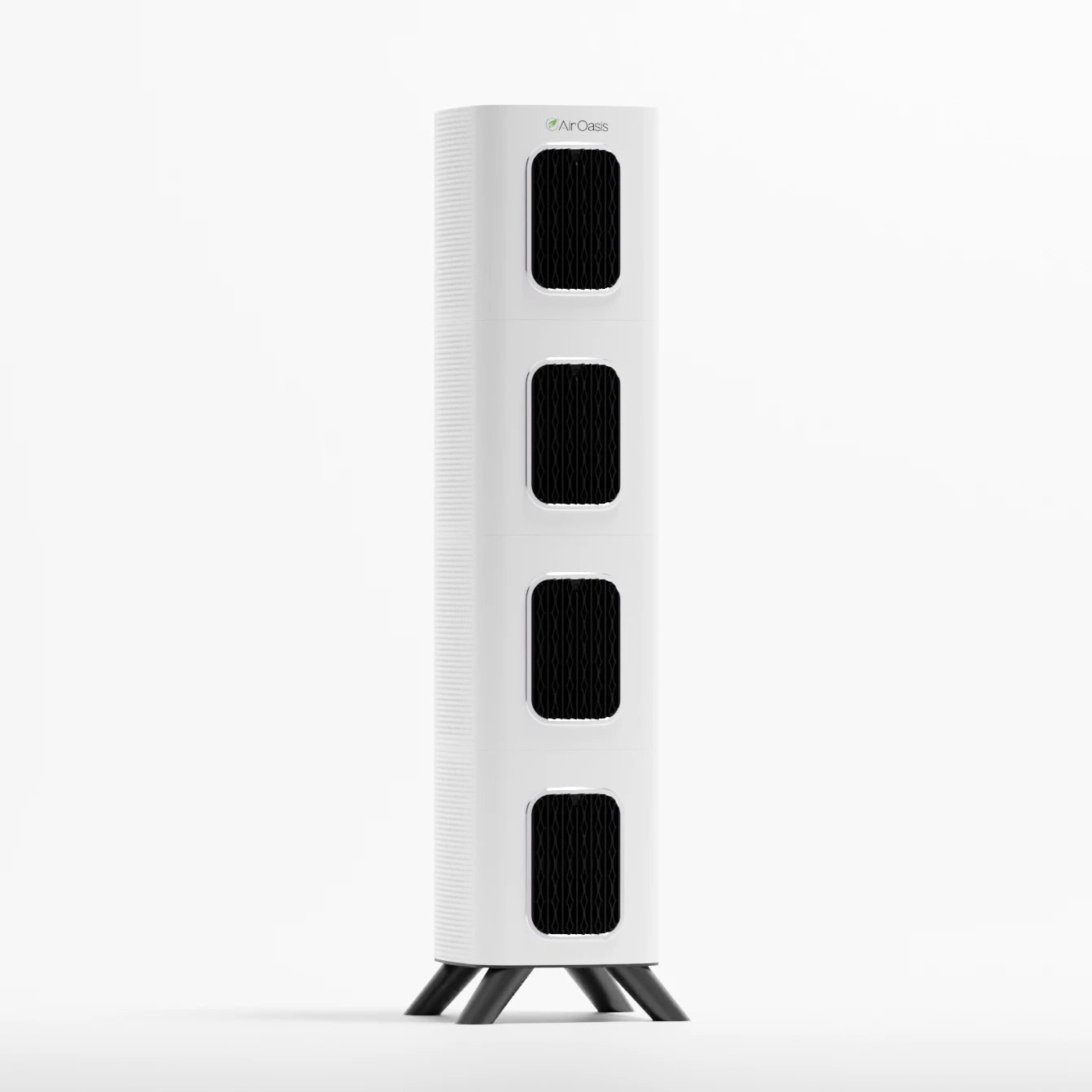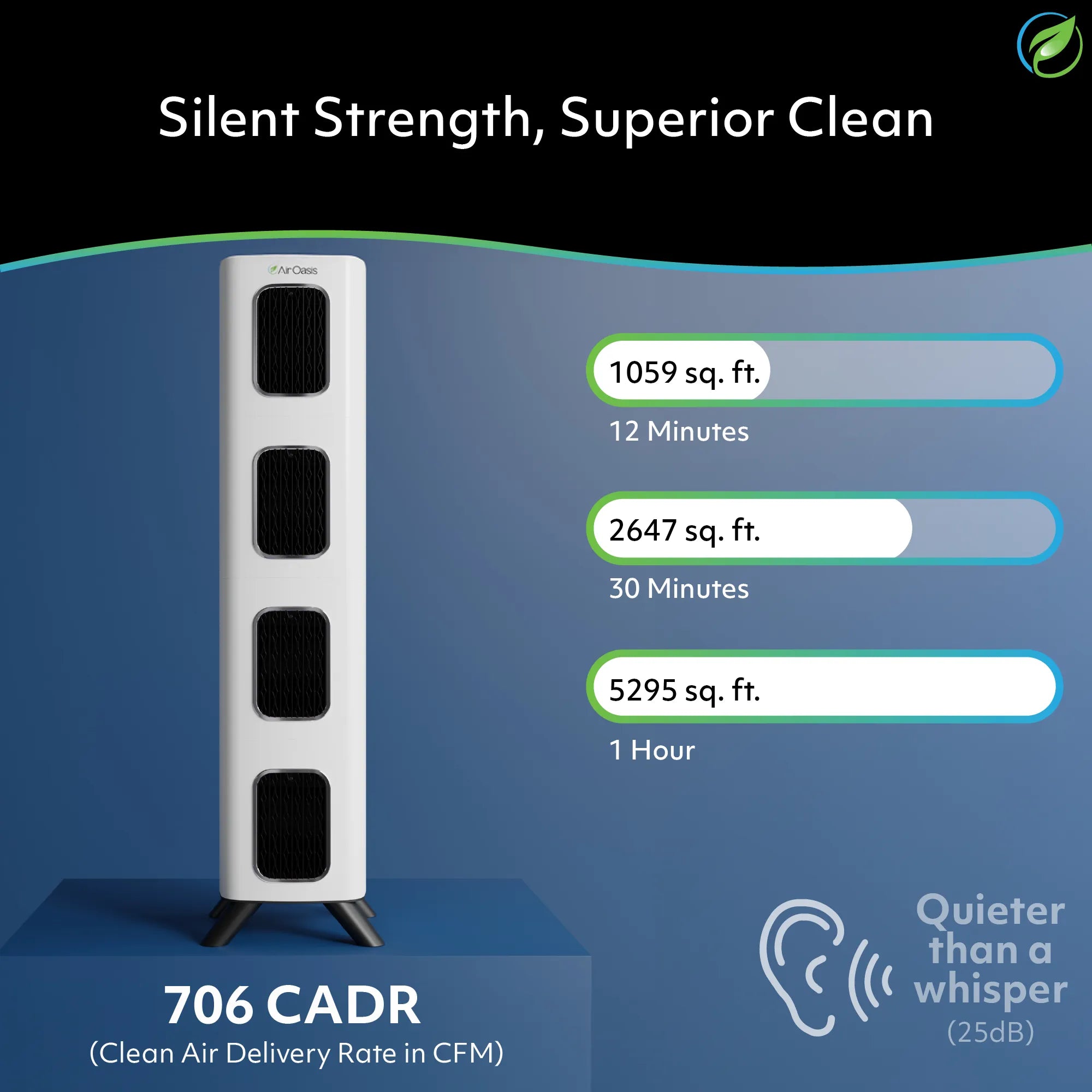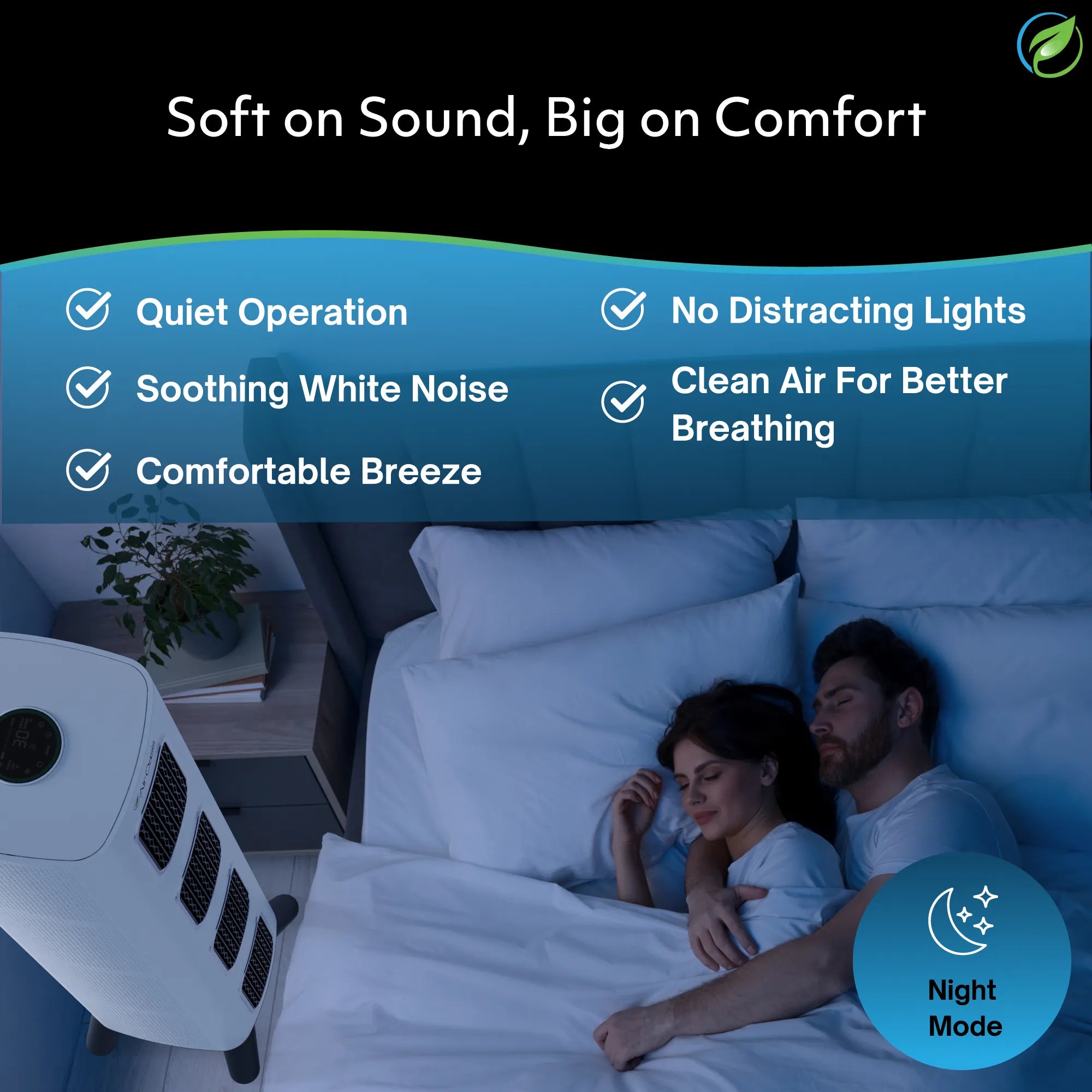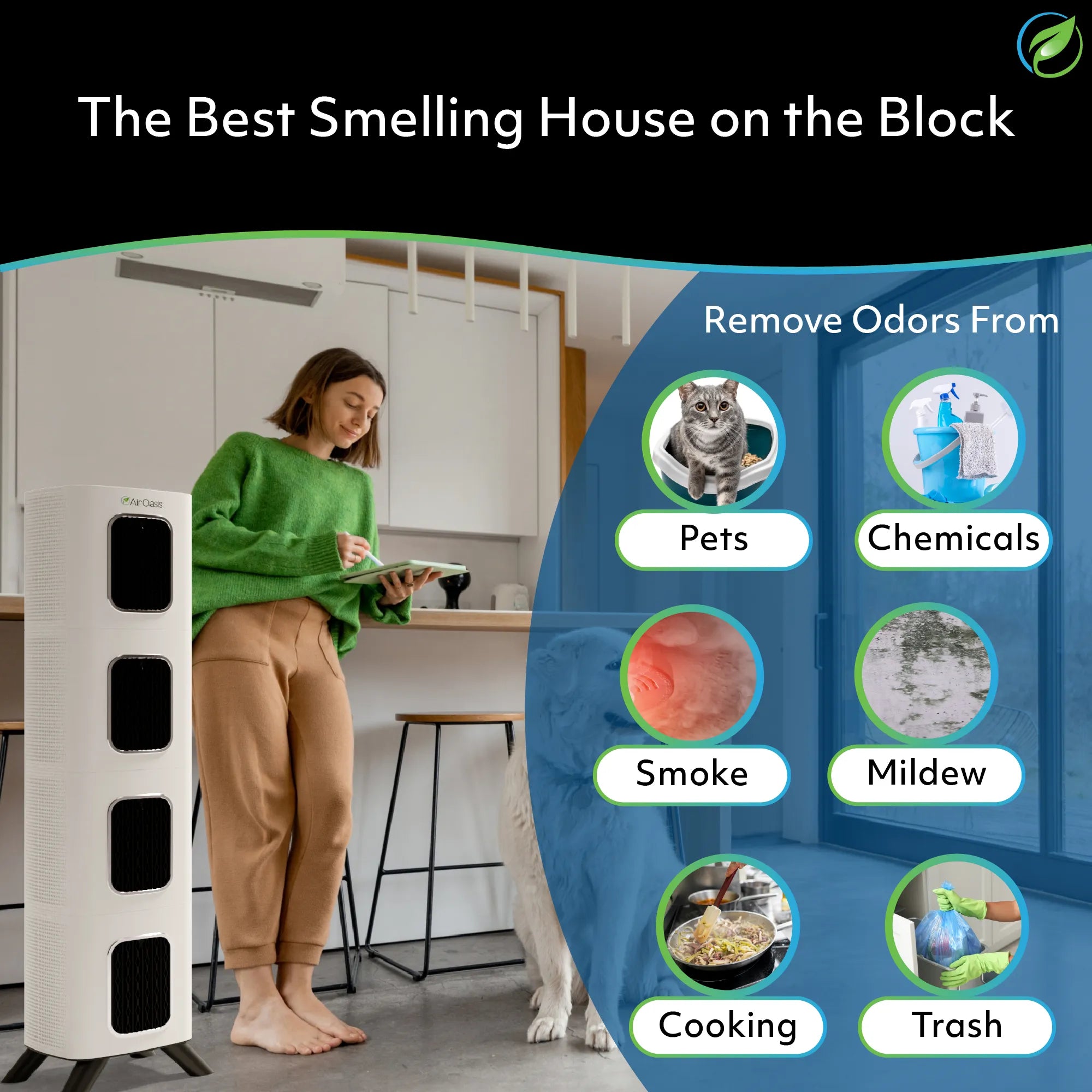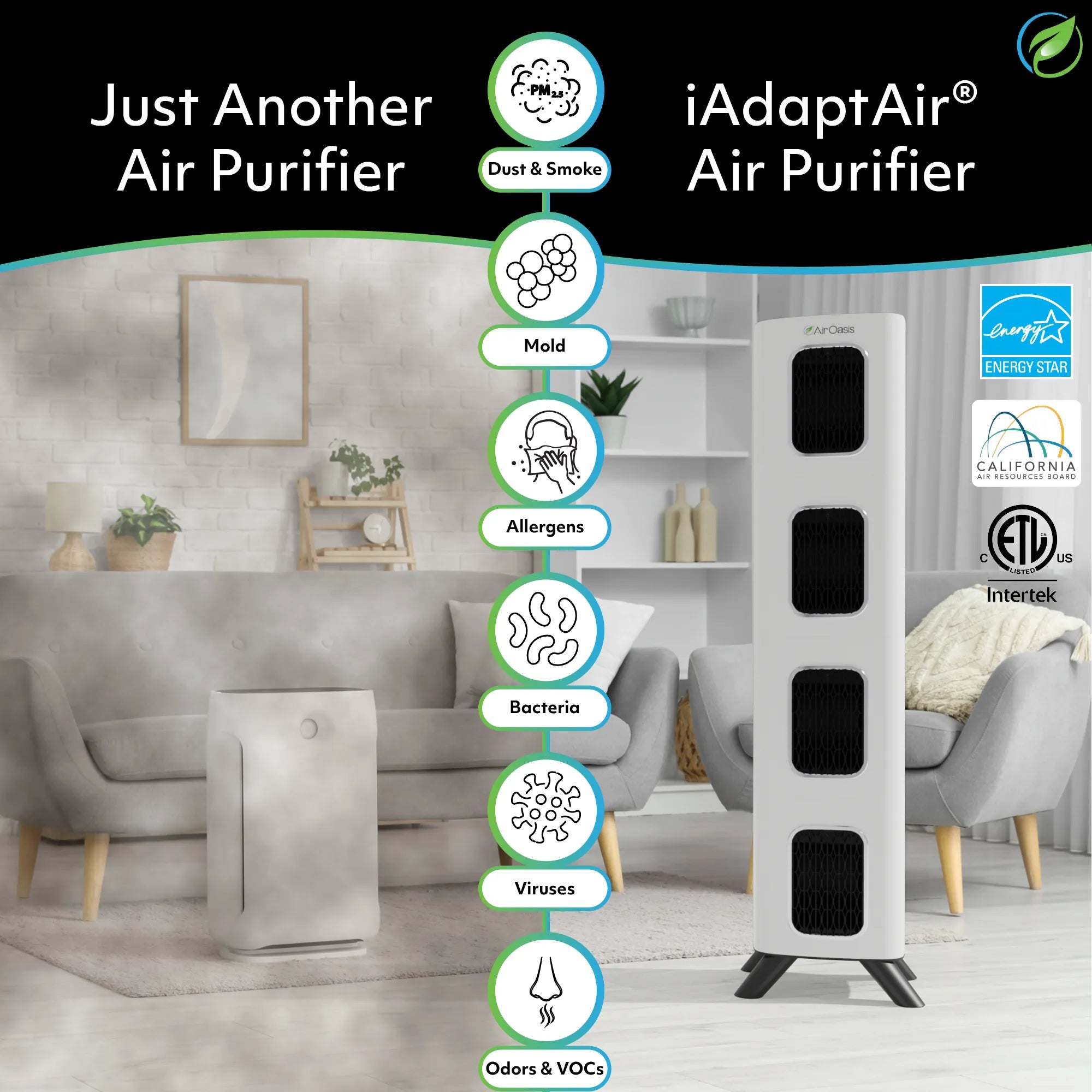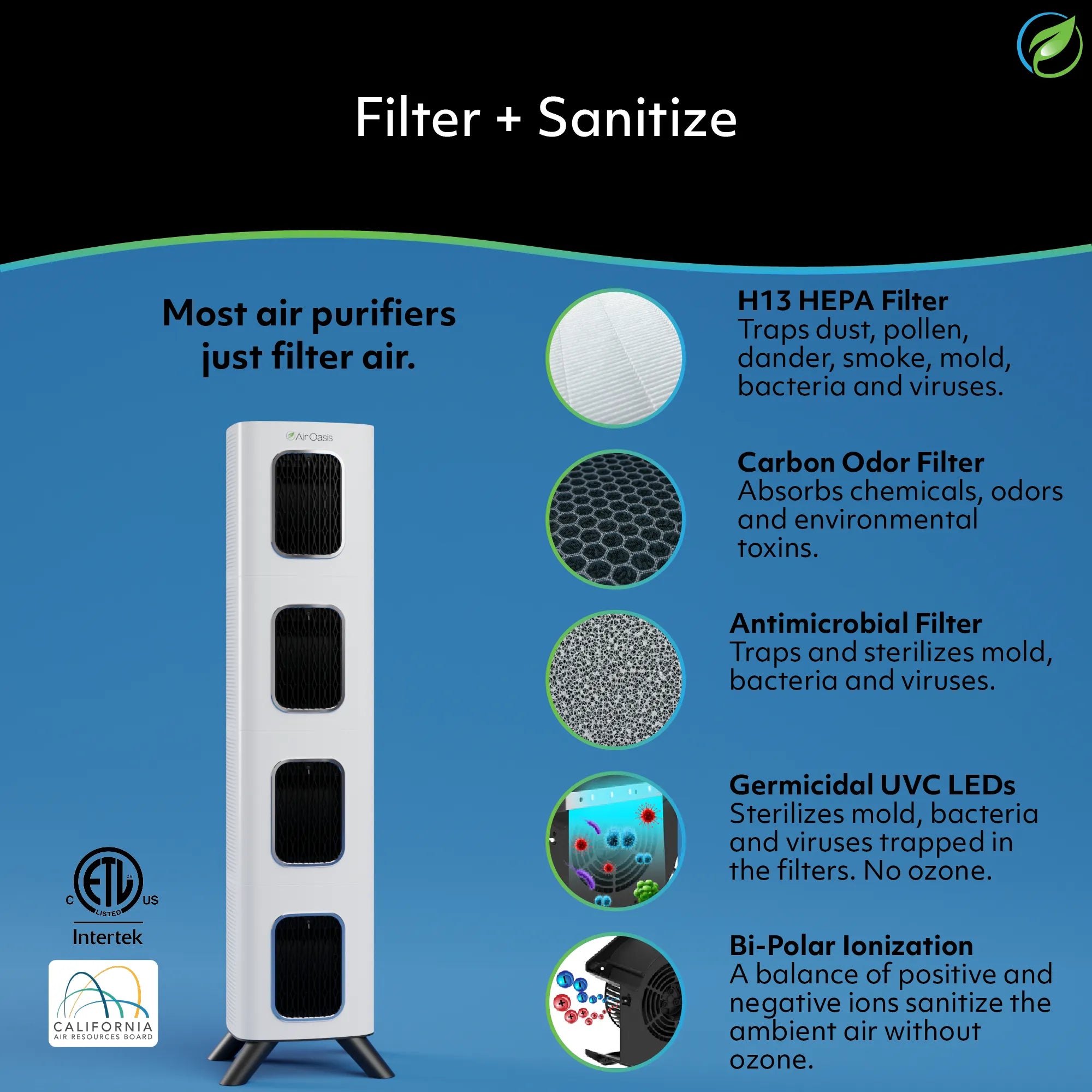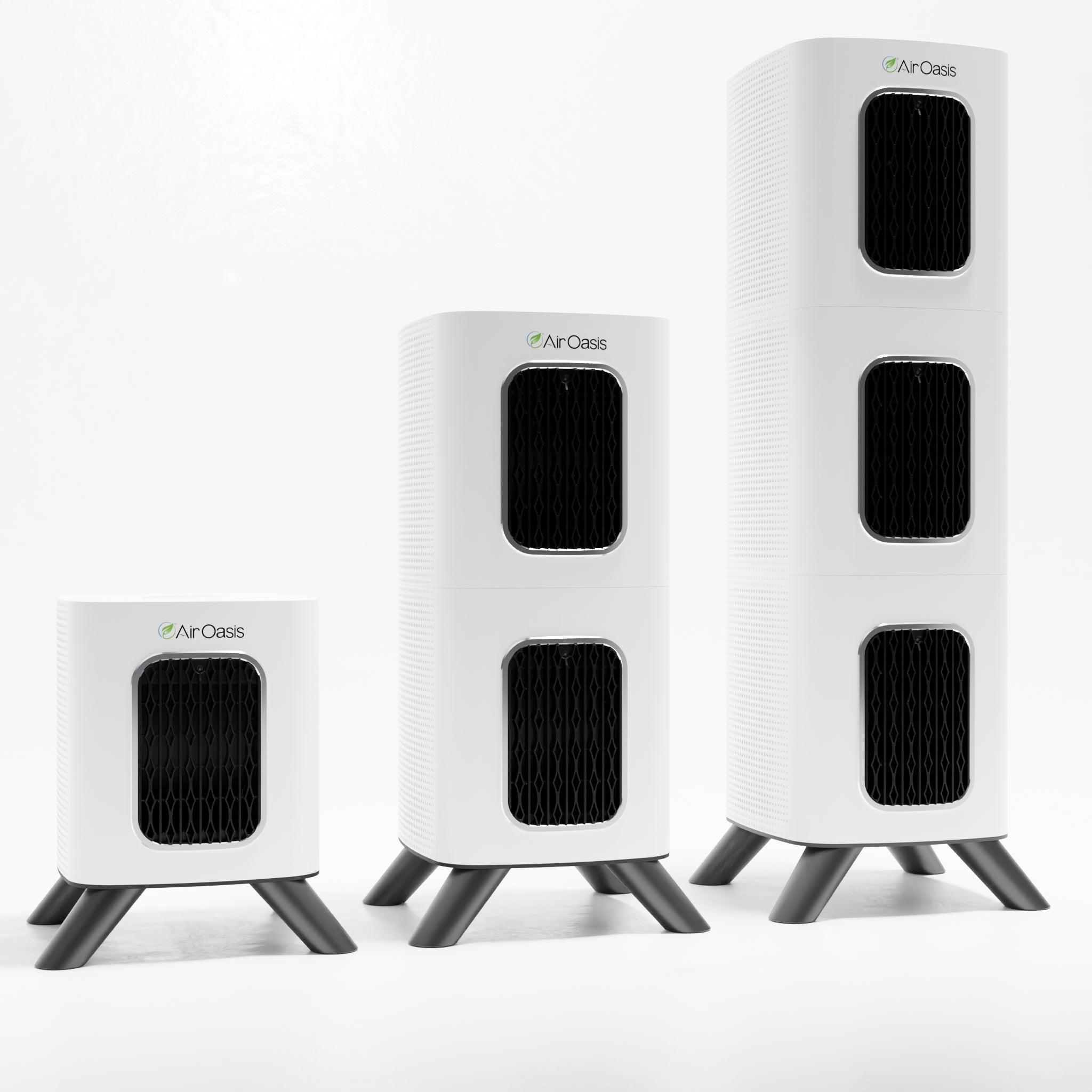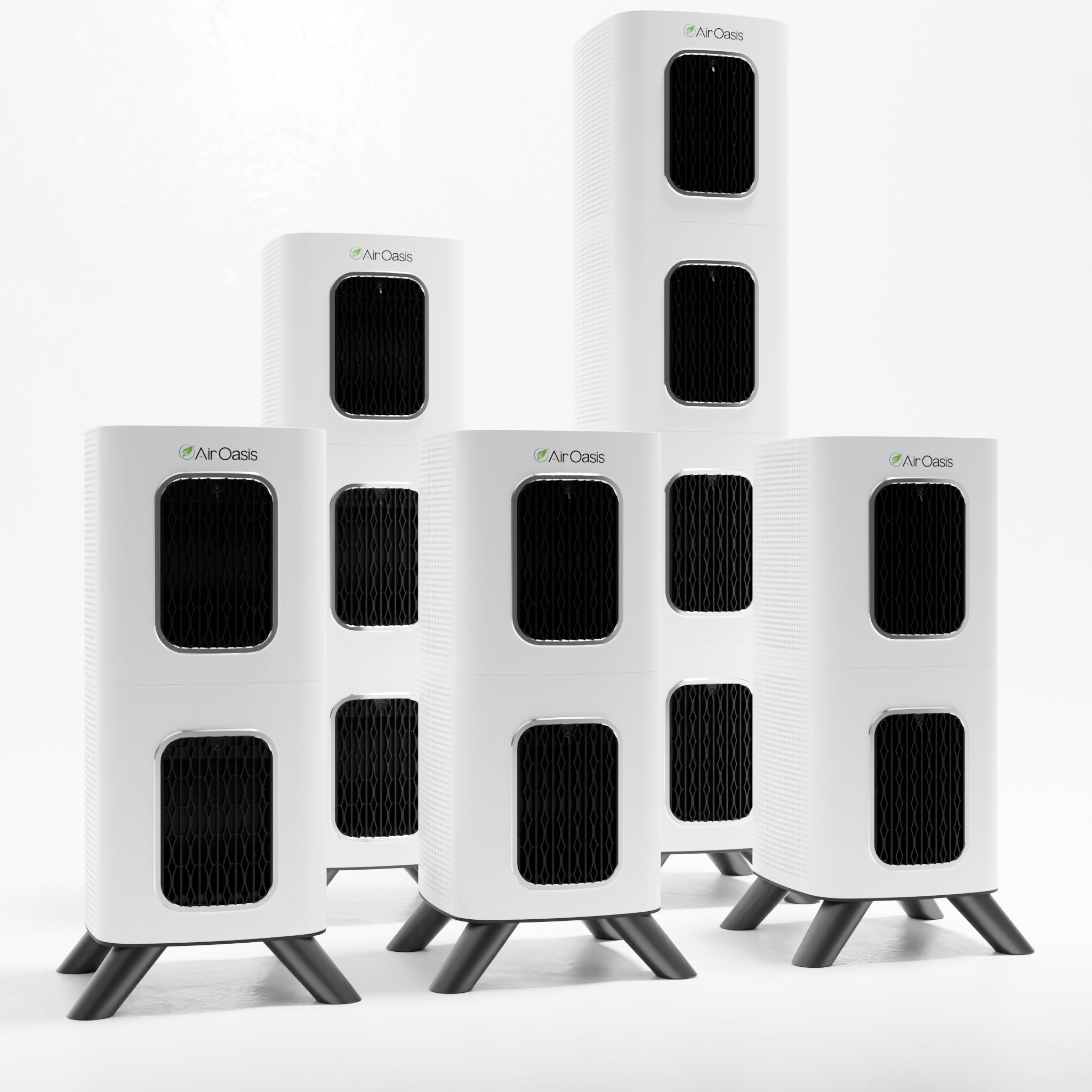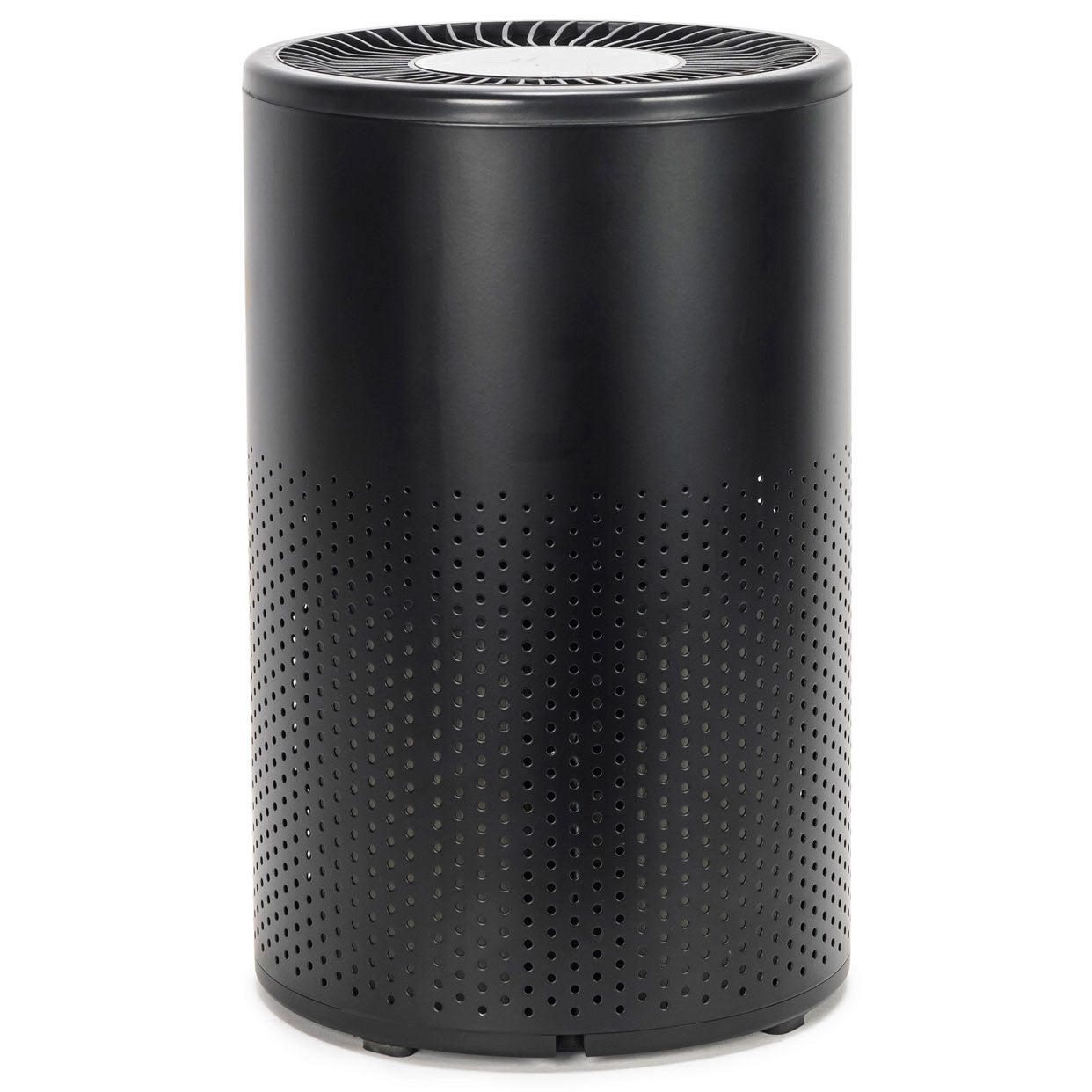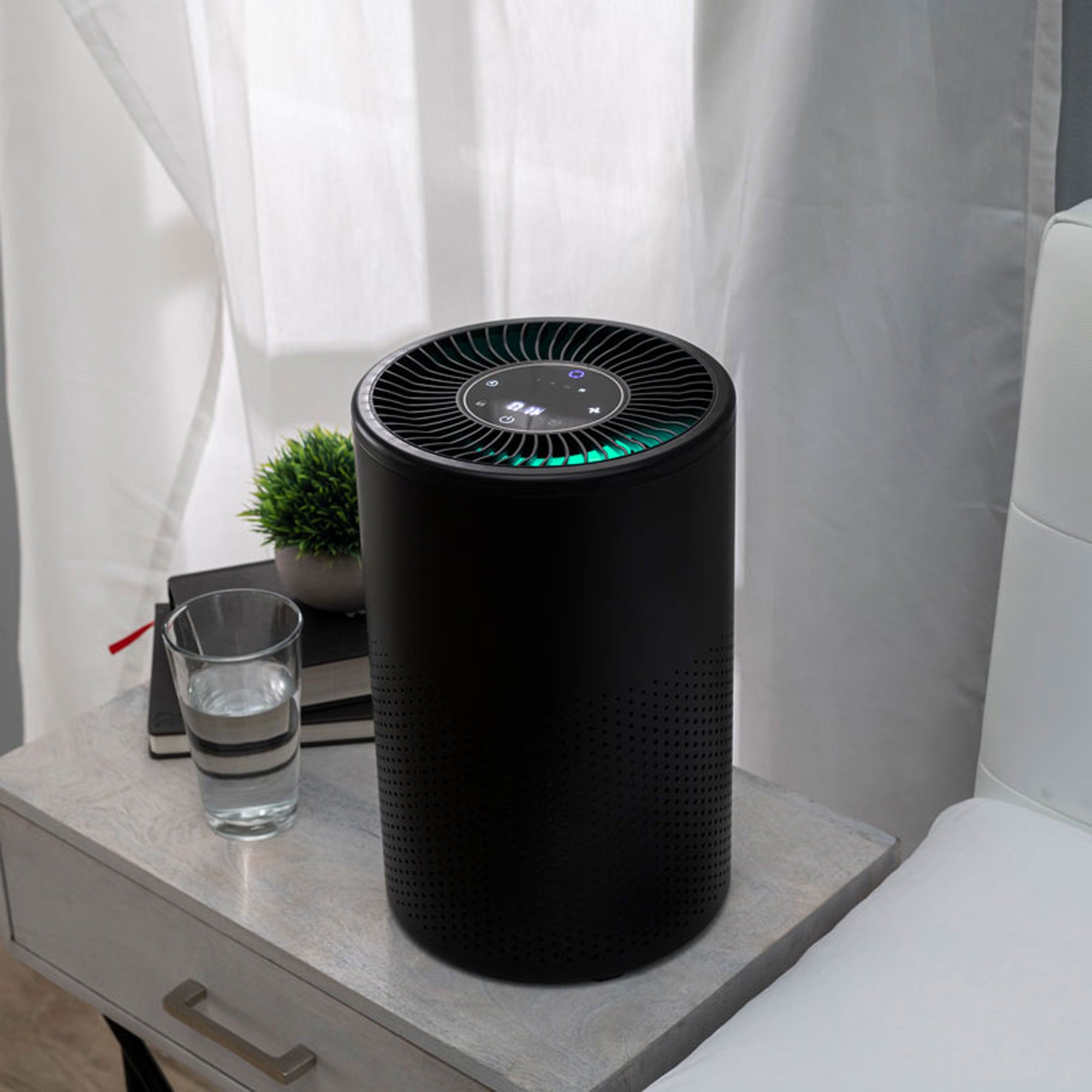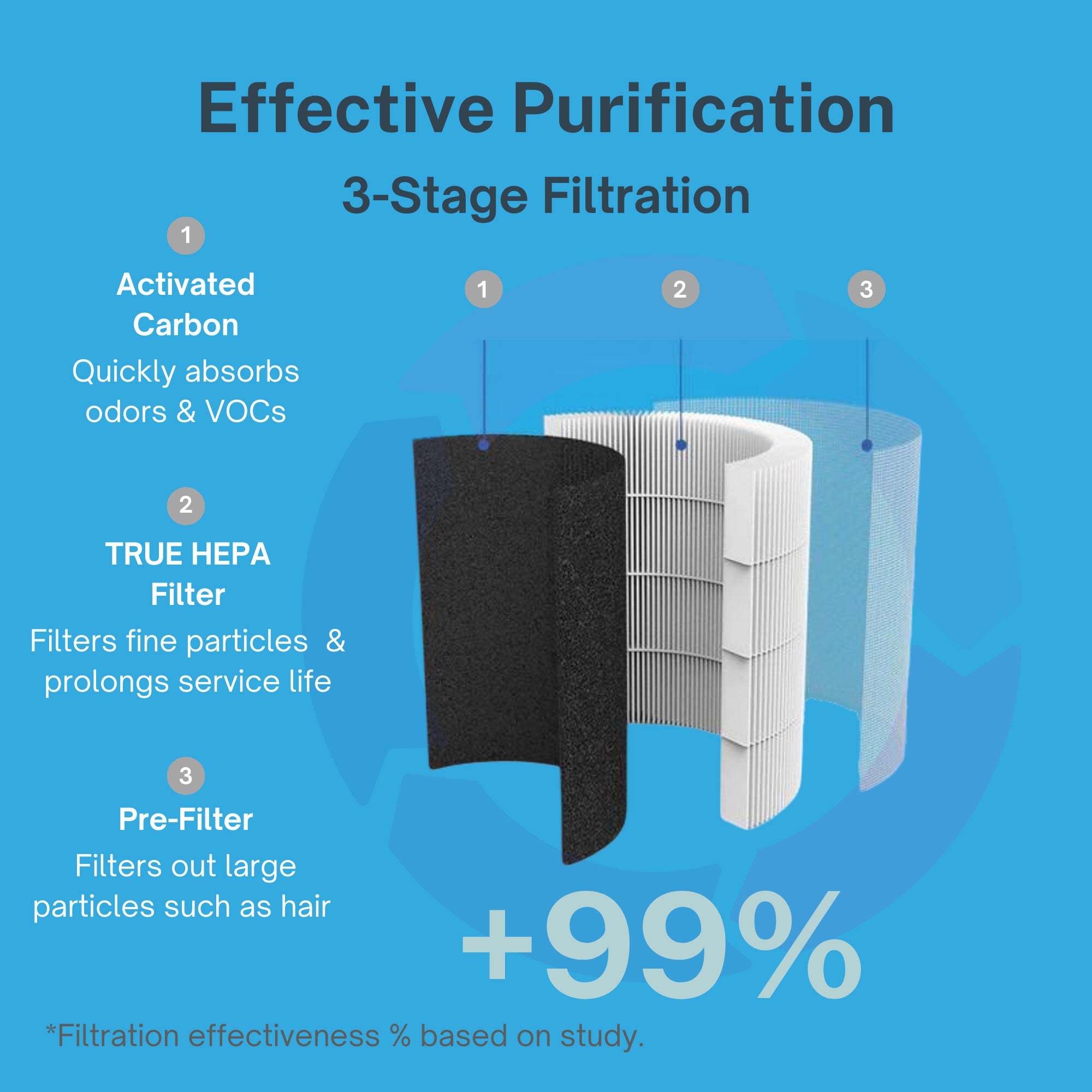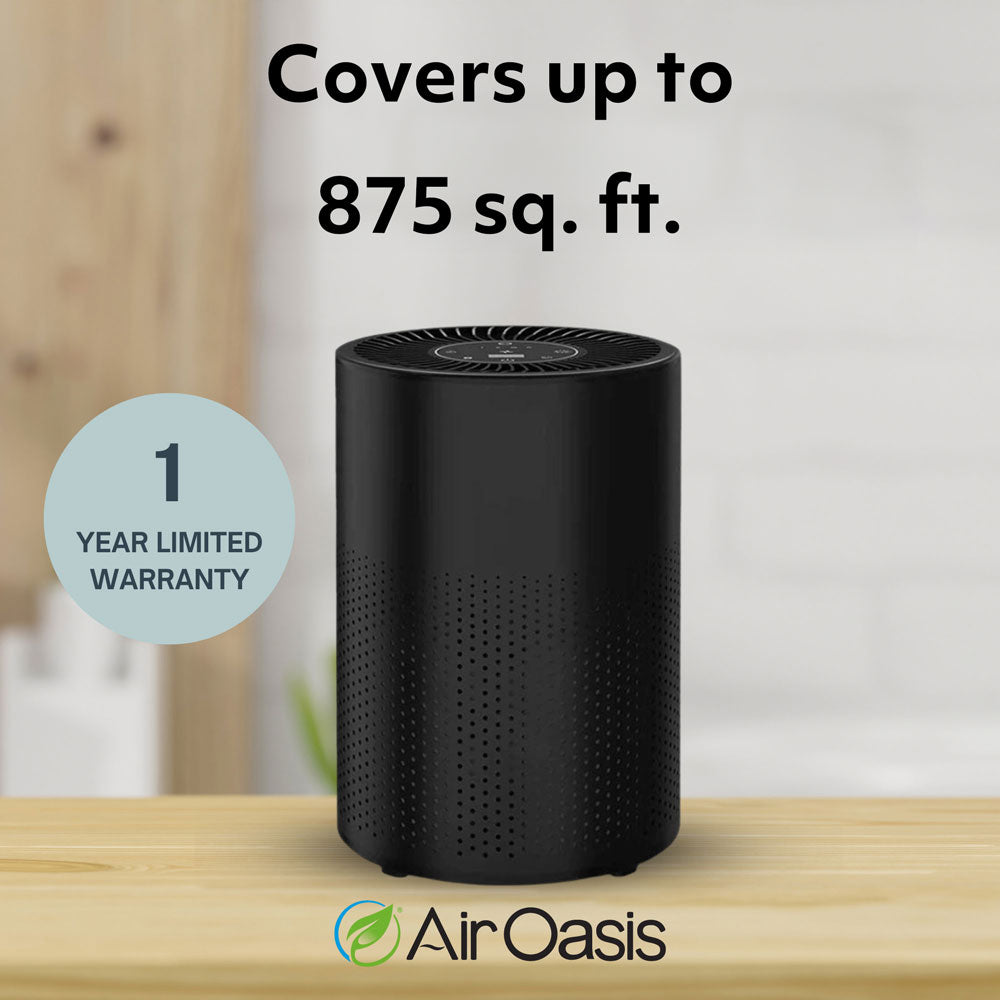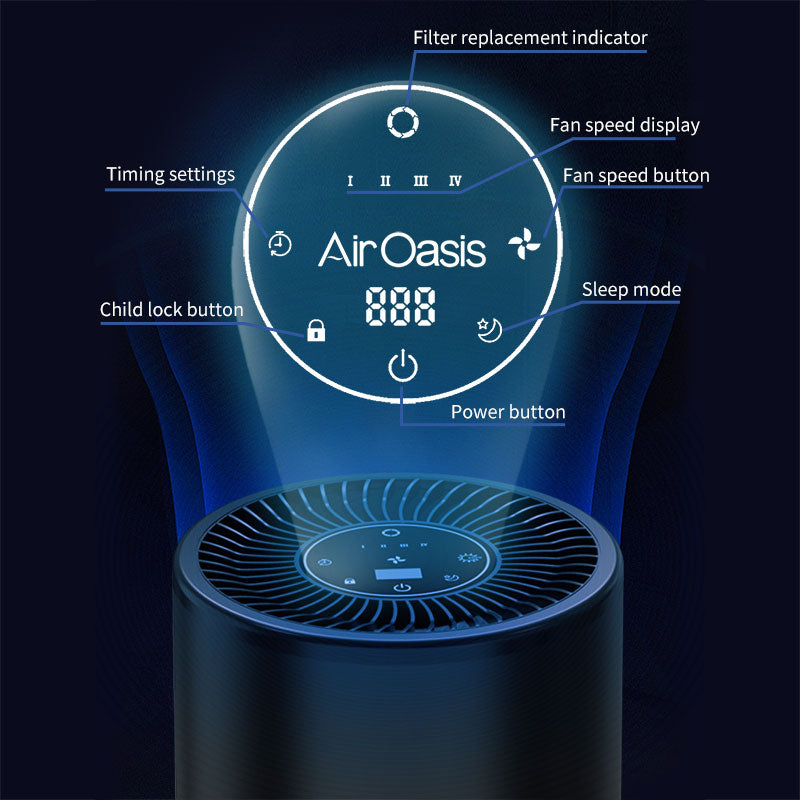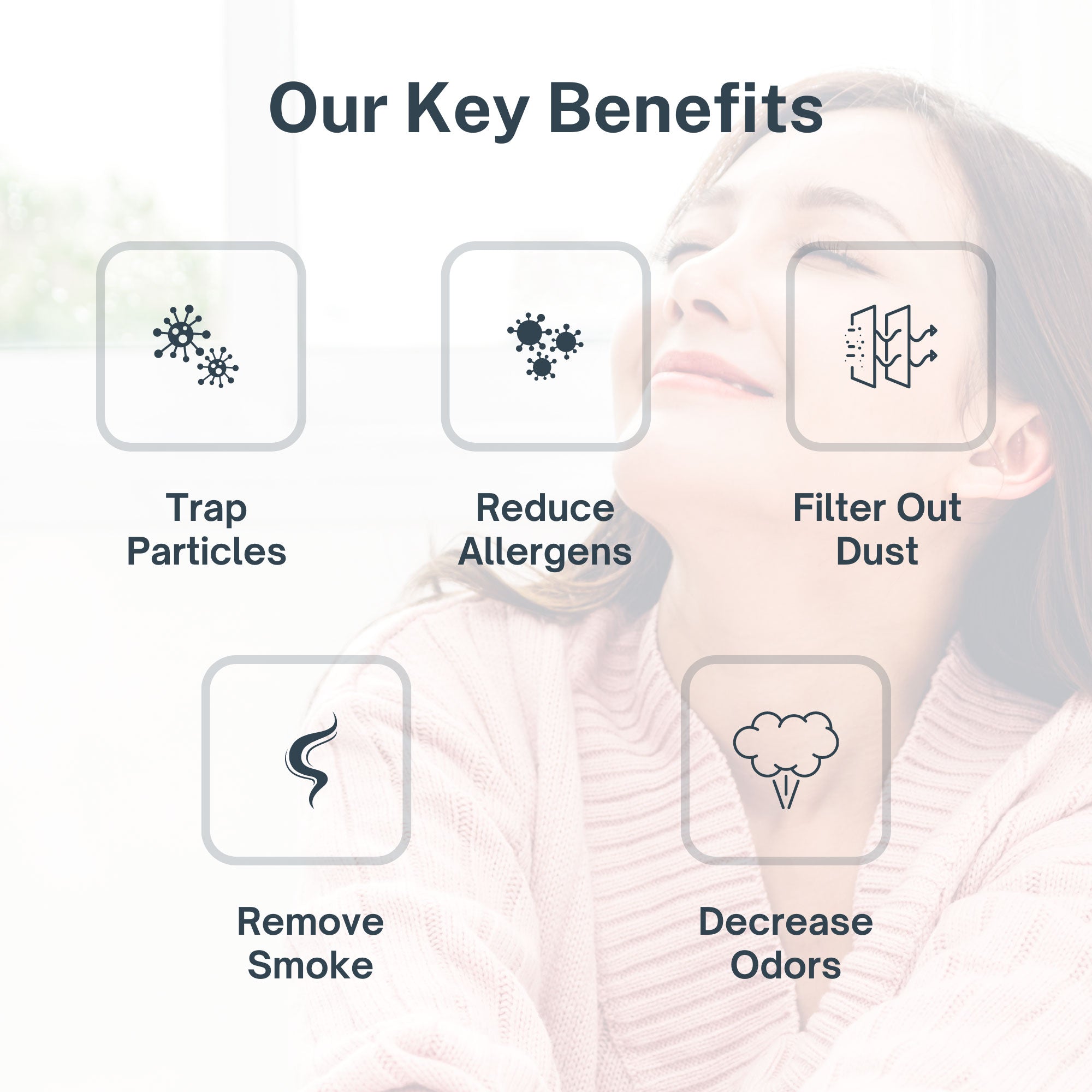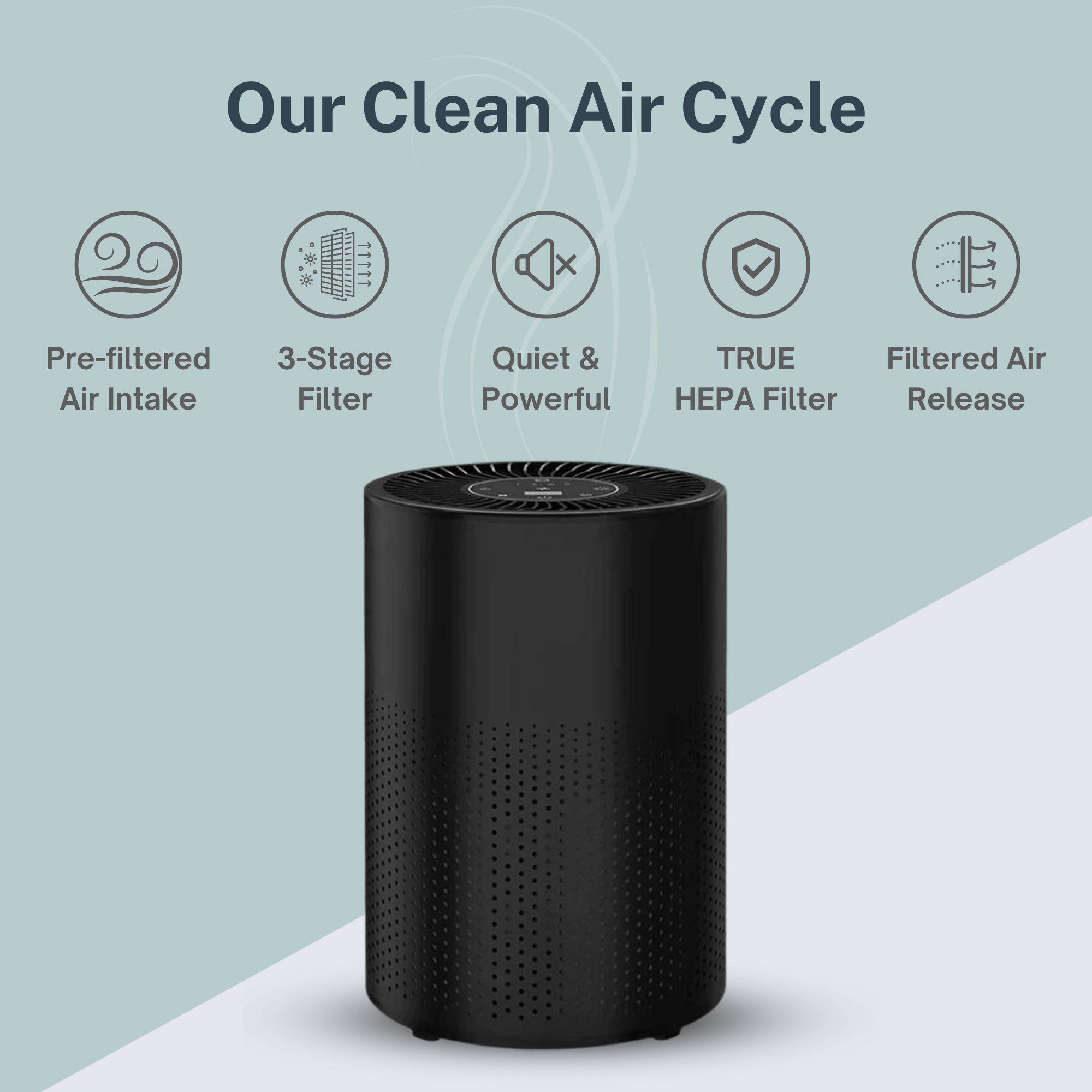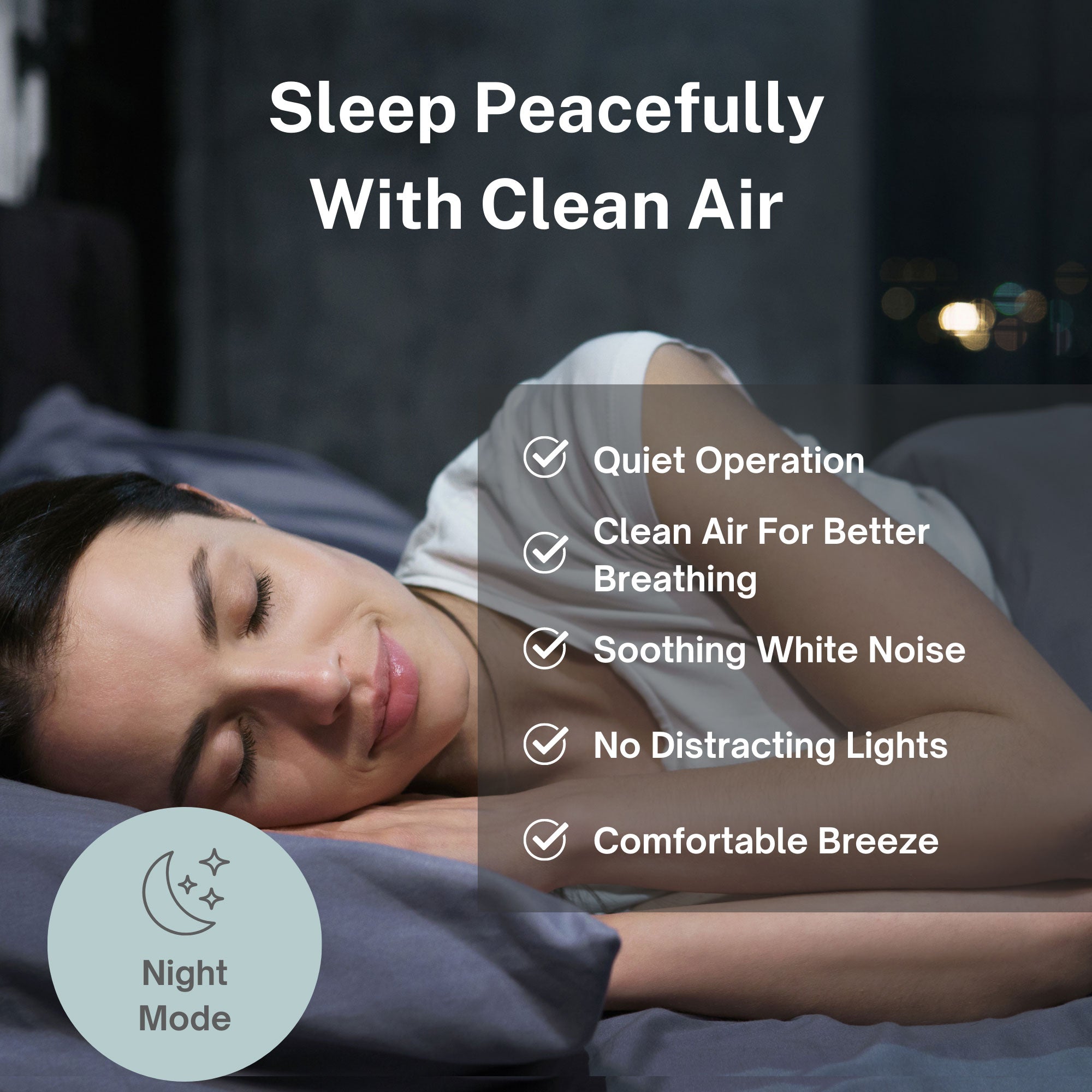Take a deep breath. Now consider this: with every inhale, you may be drawing thousands of microscopic plastic particles into your lungs. These airborne microplastics—fragments so small they're often invisible to the naked eye—have emerged as a concerning new dimension of air pollution that researchers believe may be contributing to serious health conditions ranging from respiratory diseases to cancer and infertility.
The Pervasive Presence of Plastic in Our Air
Microplastics, defined as plastic particles smaller than 5 millimeters (about the size of an orange seed), have invaded virtually every environment on Earth. But contrary to common perception, microplastics aren't just a water pollution issue. Recent research reveals that these tiny particles are equally ubiquitous in the air we breathe, with scientific sampling detecting their presence everywhere from urban centers to remote mountaintops.
The scale of human exposure through inhalation is staggering. Studies estimate that humans may inhale up to 22 million microplastic and nanoplastic particles annually. In environments with high concentrations, exposure rates can reach 5,700 microplastic particles per cubic meter of air. Many of these particles are so small they can bypass the body's natural filtration mechanisms and penetrate deep into the lungs.
"These microplastics are basically particulate matter air pollution, and we know this type of air pollution is harmful," says Dr. Tracey J. Woodruff, a professor at UCSF who led a comprehensive review of approximately 3,000 studies on microplastic health effects. This groundbreaking analysis revealed troubling connections between microplastic exposure and a variety of serious health conditions.
From Production to Your Lungs: How Microplastics Enter the Air
Airborne microplastics originate from numerous sources throughout the plastic lifecycle. Each year, companies worldwide produce nearly 460 million metric tons of plastic—a figure projected to reach 1.1 billion by 2050. As these plastics degrade, they shed microscopic particles into the air.
Vehicle tires represent one of the largest contributors to airborne microplastics. The friction between tires and road surfaces generates tiny plastic fragments that become suspended in the air. Other significant sources include:
- Synthetic textiles that release fibers during wear and washing
- The degradation of larger plastic items like bags and containers
- Paint particles containing polymer resins
- Plastic pellets used in manufacturing
- Personal care products with plastic microbeads
These particles don't simply disappear after release. Research shows that airborne microplastics can travel thousands of kilometers in just days to weeks via atmospheric currents, creating what scientists describe as a "never-ending loop" of plastic transport. This means that even communities far from industrial centers or urban areas face exposure to these persistent pollutants.
The "Trojan Horse" Effect: How Microplastics Damage Health
What makes microplastics particularly dangerous is their potential to act as a "Trojan Horse" for other harmful substances. The physical properties of microplastics—especially their large surface area and hydrophobic nature—make them effective carriers for toxins, chemicals, and pathogens that can hitch a ride into the body.
Dr. Nicholas Chartres, who co-authored the UCSF review, emphasizes that the growing evidence suggests microplastics may contribute to serious health conditions including "colon and lung cancer." The systematic review, using gold-standard methods approved by the National Academy of Sciences, identified several concerning health impacts:
- Respiratory System Effects: Studies show that inhaled microplastics can trigger immediate asthma-like reactions, inflammatory responses similar to chronic bronchitis, and potentially contribute to the development of lung cancer through chronic pulmonary inflammation.
- Reproductive Health Impacts: Both male and female infertility have been linked to microplastic exposure, suggesting these particles may disrupt reproductive function through endocrine-disrupting chemicals they contain or absorb.
- Gastrointestinal Issues: Research suggests a connection between microplastic exposure and colon cancer, highlighting that these particles don't just affect the respiratory system but may have whole-body impacts.
- Oxidative Stress: Microplastics appear capable of generating reactive oxygen species that damage cells throughout the body, potentially contributing to a range of inflammatory conditions.
The review draws primarily from animal studies, but researchers emphasize that the conclusions likely apply to humans since we share many of the same exposures and biological mechanisms. This represents the first systematic application of National Academy of Sciences-approved methods to evaluate the evidence on microplastics and health.
Indoor Air: Where Microplastic Concentrations Peak
While outdoor air pollution often receives more attention, research consistently shows that indoor environments typically contain higher concentrations of airborne microplastics. This indoor-outdoor disparity has critical implications for human health, as most people spend approximately 90% of their time indoors.
Several factors contribute to elevated indoor microplastic levels:
- Synthetic carpets, upholstery, and textiles that continuously shed microfibers
- Limited air circulation that allows particles to accumulate
- Everyday activities like vacuuming and dusting that resuspend settled particles
- Heating and cooling systems that can circulate particles throughout indoor spaces
Research reveals striking differences in microplastic exposure based on location and age. Calculations of inhalation exposure to microplastics show that infants have the highest calculated exposure levels, followed by preschool-age children, middle-aged children, pregnant women, adolescents, and finally adults. This age-related difference stems from variations in body weight, breathing rates, and time spent in environments with elevated microplastic concentrations.
Vulnerable Populations: Who Faces the Greatest Risk
The health impacts of microplastic exposure aren't distributed equally across the population. Several groups face heightened vulnerability:
- Children: With developing lungs and higher respiratory rates relative to body size, children inhale more air per pound of body weight than adults. This, combined with more time spent playing on floors where particles settle, increases their exposure risk.
- Pregnant Women: Research suggests microplastics can cross the placental barrier, potentially affecting fetal development. Animal studies show inhaled microplastics can be transferred from mother to developing fetus.
- People with Respiratory Conditions: Those with asthma, COPD, or other pre-existing respiratory issues may experience more severe reactions to inhaled microplastics.
- Occupational Exposure: Workers in plastic manufacturing, textile production, and waste management industries face substantially higher exposure levels than the general population.
For these vulnerable groups, creating environments with reduced microplastic contamination becomes particularly important for protecting long-term health.
Creating Cleaner Indoor Air: Protective Strategies
While completely eliminating exposure to airborne microplastics may be impossible given their ubiquity, several strategies can significantly reduce your exposure risk:
- Advanced Air Purification: High-efficiency air purifiers with true HEPA filtration can capture particles as small as 0.3 microns with 99.97% efficiency, removing many airborne microplastics. Multi-stage purification systems that combine HEPA filtration with activated carbon can address both particles and any chemicals they may carry.
- Regular Cleaning Practices: Damp-dusting and wet-mopping capture particles instead of resuspending them. Vacuums with HEPA filtration prevent microplastics from being recirculated into the air.
- Source Reduction: Minimizing synthetic textiles and plastic products in your home reduces the generation of microplastics at the source. Natural fiber carpets, curtains, and furniture shed fewer synthetic fibers.
- Improved Ventilation: When outdoor air quality is good, proper ventilation helps prevent the buildup of indoor pollutants, including microplastics.
For those with respiratory conditions or in vulnerable groups, investing in comprehensive air purification technology represents an important protective measure, especially in spaces where you spend the most time, such as bedrooms and home offices.
Looking Forward: Research and Regulatory Action
The scientific understanding of airborne microplastics and their health impacts continues to evolve rapidly. Recent reviews like the one from UCSF represent important steps toward establishing the evidence base needed for regulatory action.
Researchers are calling for immediate policy interventions to reduce microplastic pollution. Dr. Chartres and his colleagues urge "regulatory agencies and policy leaders to consider the growing evidence of health harms from microplastics, including colon and lung cancer," and hope "state leaders will take immediate action to prevent further exposures."
Some progress is already occurring. The California State Policy Evidence Consortium (CalSPEC), which includes experts across the University of California system, is working to provide scientific evidence to inform policy decisions. Their work underscores the urgency of addressing this invisible threat before exposure levels increase further.
Protecting Your Respiratory Health Today
While broader policy changes develop, individuals can take meaningful steps to reduce their exposure to airborne microplastics and protect their respiratory health:
- Invest in high-quality air purification systems for your home, focusing particularly on bedrooms where you spend approximately one-third of your life.
- Consider indoor air quality when selecting home furnishings, prioritizing natural materials that don't shed synthetic fibers.
- Support policies aimed at reducing plastic production and pollution at the source.
- Stay informed about emerging research on microplastics and health to make evidence-based decisions about your environment.
By combining personal protective measures with advocacy for broader systemic change, we can begin addressing this invisible but significant threat to respiratory health. The growing scientific consensus on the dangers of airborne microplastics makes clear that this isn't just an environmental issue—it's a pressing public health concern that deserves immediate attention.
As researchers work to fill remaining knowledge gaps, one thing is already certain: the air we breathe contains plastic, and protecting our lungs from these invisible particles represents an important dimension of modern health management. Shop Air Oasis today to find the right air purification solution to help safeguard your home against this emerging threat.





